Introduction
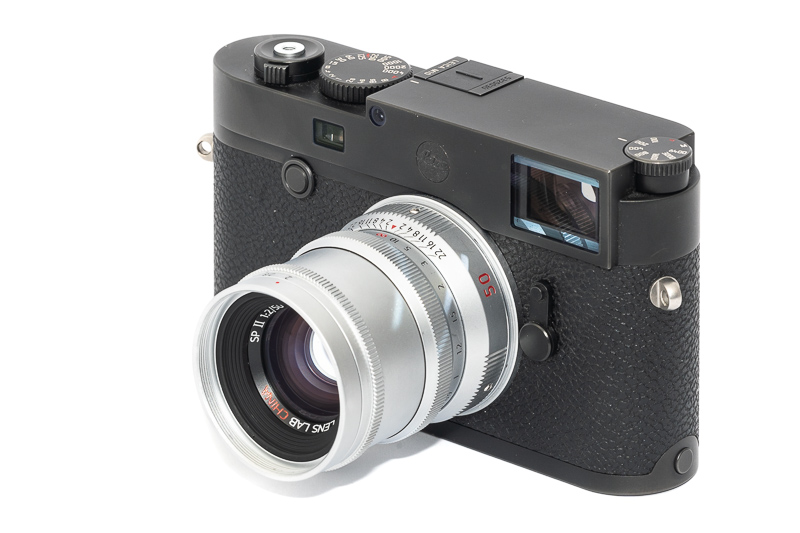
With this 50mm 2.0 Speed Panchro II lens, Light Lens Lab tried to bring the look of the original Cooke SP II to the 35mm format and doing so at an affordable pricepoint – at least compared to what the original lenses are going for on the used market these days.
Before this lens, I never paid any attention to these old cine lenses, that makes it even more interesting to have a closer look at one.
This lens will be reviewed on the 42mp Sony A7rII and the 24mp Leica M10.
Sample Images

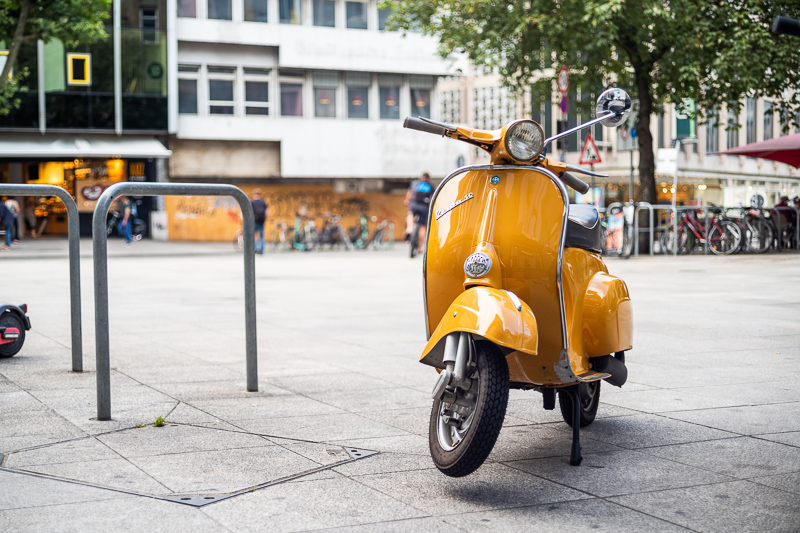

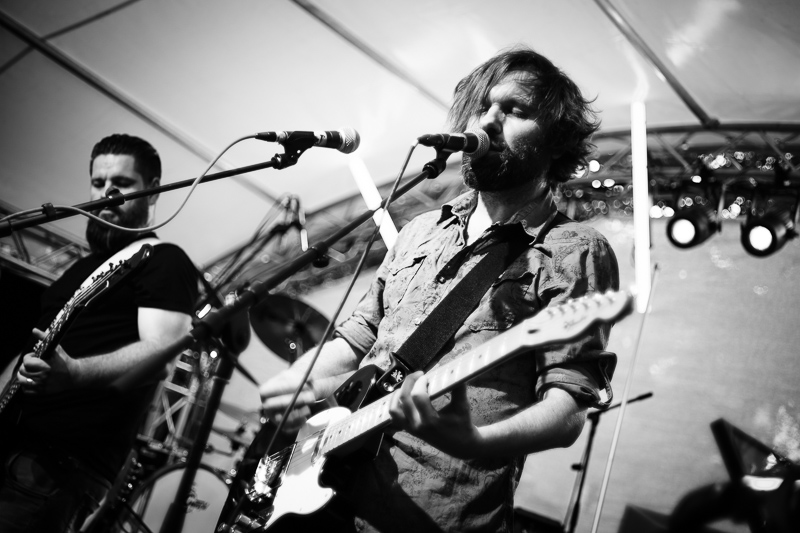
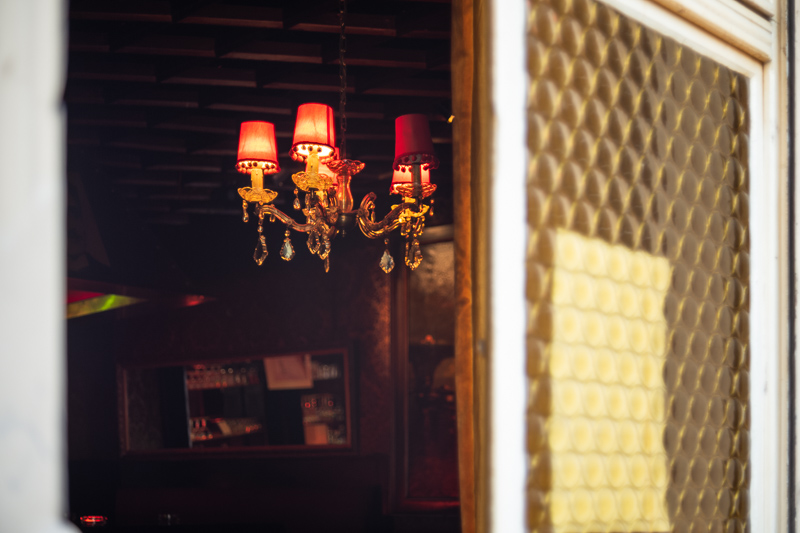
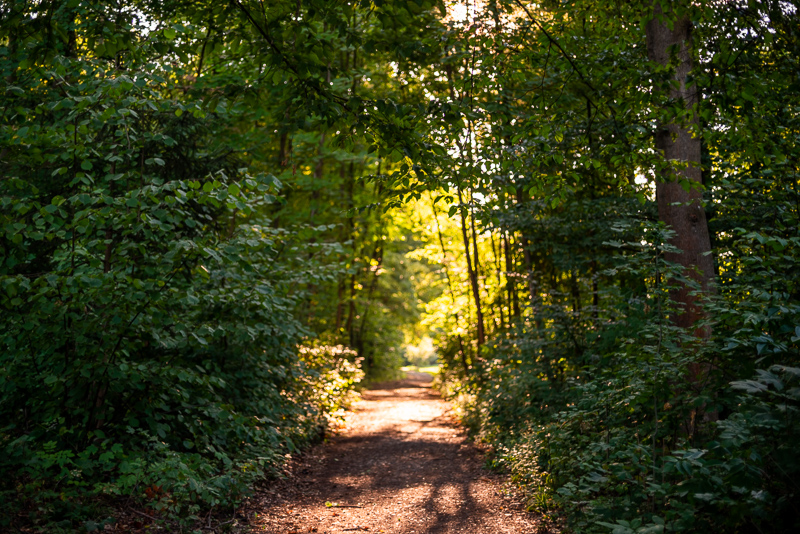
Most of the sample images in this review can be found in full resolution here.
Contents
Specifications
This Light Lens Lab 50mm 2.0 Speed Panchro II has the following specifications:
-
- Diameter: 51 mm
- Field of view: 45° (diagonally)
- Length: 55 mm
- Weight: 341g (no hood, no caps)
- Filter Diameter: 43 mm
- Number of Aperture Blades: 11 (inwardly curved)
- Elements/Groups: 7/5
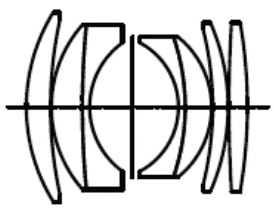
- Close Focusing Distance: 0.7 m
- Maximum Magnification: 1:11.6 (measured)
- Mount: Leica-M
You can order this lens from the official homepage as well as ebay.com (affiliate link) for $899
Disclosure
This Light Lens Lab 50mm 2.0 SP II was kindly provided free of charge by the Light Lens Lab NA distributor for reviewing purpose for a duration of 4 weeks.
About Light Lens Lab
Rare and older lenses, especially small rangefinder lenses, have mostly become collector’s items with sometimes completely unjustified, ridiculous prices.
The rereleases of the Leica 28mm 5.6 and Thambar 90mm 2.2 are such examples. The cheapest to produce lenses in Leica’s portfolio are now among those priced the highest. Nothing beats a well established brand name.
Light Lens Lab is bringing back some of these old, often exotic lenses (with long expired patents) and they do so without resorting to crowd funding and at somewhat affordable prices. They started with the “8 element” 35mm 2.0 Summicron followed by the 50mm 2.0 “Elcan” and afterwards came this 50mm 2.0 SP II. They are already working on several other interesting projects that you can check out here.
I generally like this business idea, as there is no way I am paying 5 figures for some old Leica or Zeiss lens and I don’t recommend you doing that either. Thanks to Light Lens Lab more people get the chance to use these lenses.
Handling / Build Quality
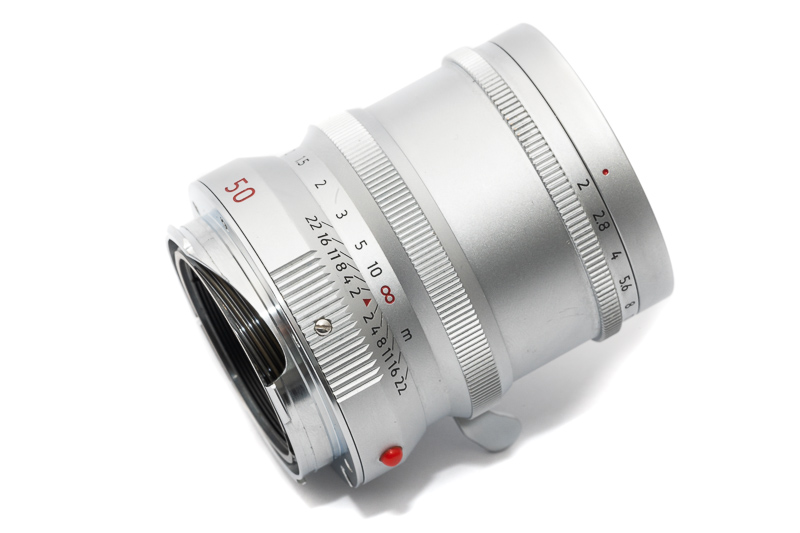
I received a review sample that looks like it has already seen a lot of use though and the helicoid has a slight wobble, similar to heavily used Zeiss ZM and Voigtländer VM lenses.
The focus ring has a nice, even resistance and turns almost 180° from the minimum focus distance of 0.7 m to infinity. The focus ring is also equipped with an interestingly shaped focus tab. Light Lens Lab calls it “rabbit-ear” style:
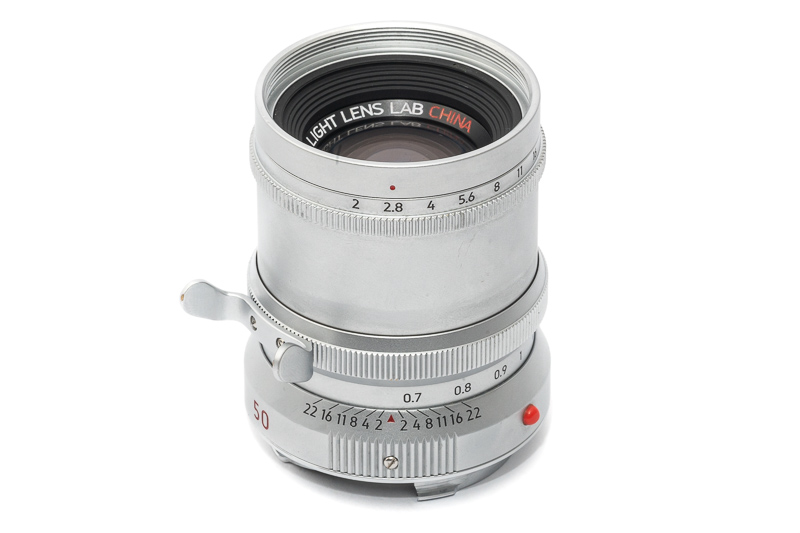
The aperture ring has equidistant, dampened (meaning no clicky sound) half-stop click-stops.
The lens came with a properly calibrated hard infinity stop and also at closer distances it was well calibrated.
The lens brings up the correct 50/75mm frameline set. At infinity without the hood attached you get by with almost no viewfinder blockage, this changes when using the hood and/or focusing closer.
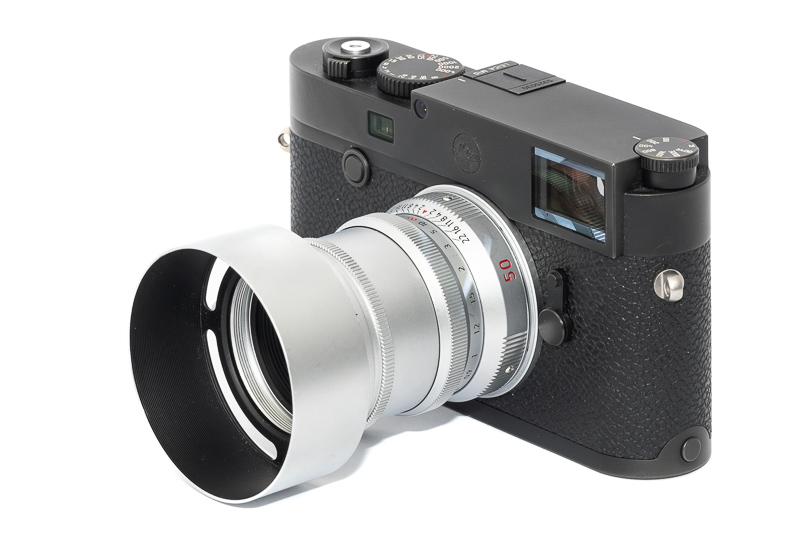
The hood is pretty big and of the round vented type. It increases the size of the lens significantly, as can be seen from the picture above.

This Light Lens Lab 50mm 2.0 SP II is a rather long yet thin lens. For its f/2.0 maximum aperture one might even call it big when comparing it to lenses like the Voigtländer VM 50mm 1.5 MK II Nokton or the Zeiss ZM 50mm 1.5 C-Sonnar.
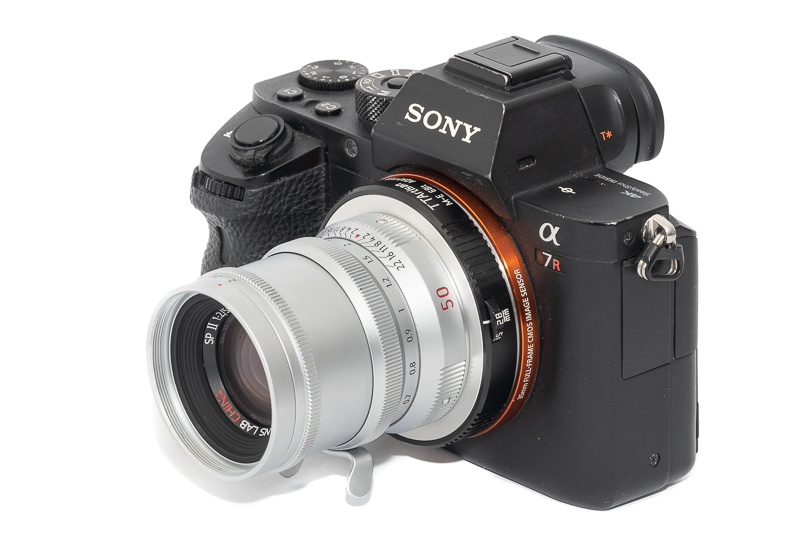
When using Sony E or Nikon Z mount cameras you can e.g. pair this lens with the TTArtisan 6-bit adapter to get EXIF data or with the Techart LM-EA9 adapter to get autofocus.
Vignetting
light falloff
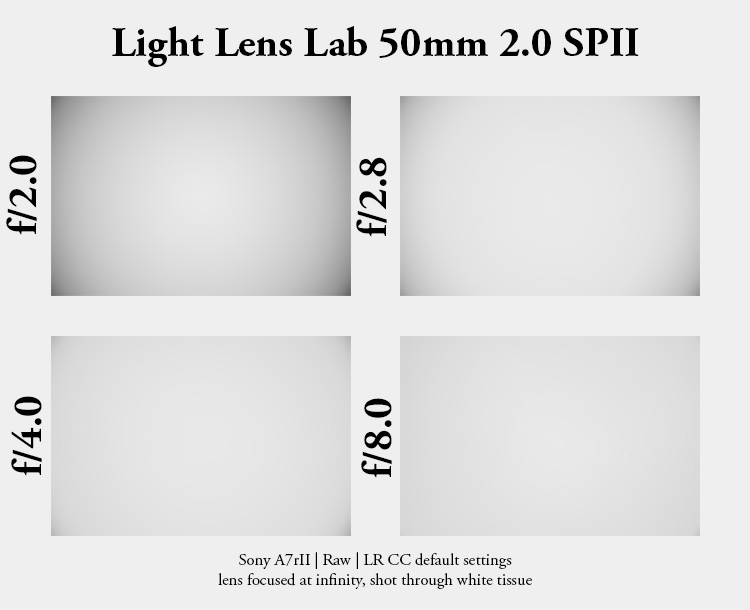
| f/2.0 | 2.8 EV |
| f/2.8 | 2.0 EV |
| f/4.0 | 1.5 EV |
| f/5.6 | 1.1 EV |
| f/8.0 | 0.9 EV |
| f/11 | 0.7 EV |
With almost 3 EV the vignetting figures are very high at the maximum aperture. Luckily things improve fast on stopping down. I have mainly reviewed faster 50mm M-mount lenses that are at an advantage here and show less vignetting at shared apertures.
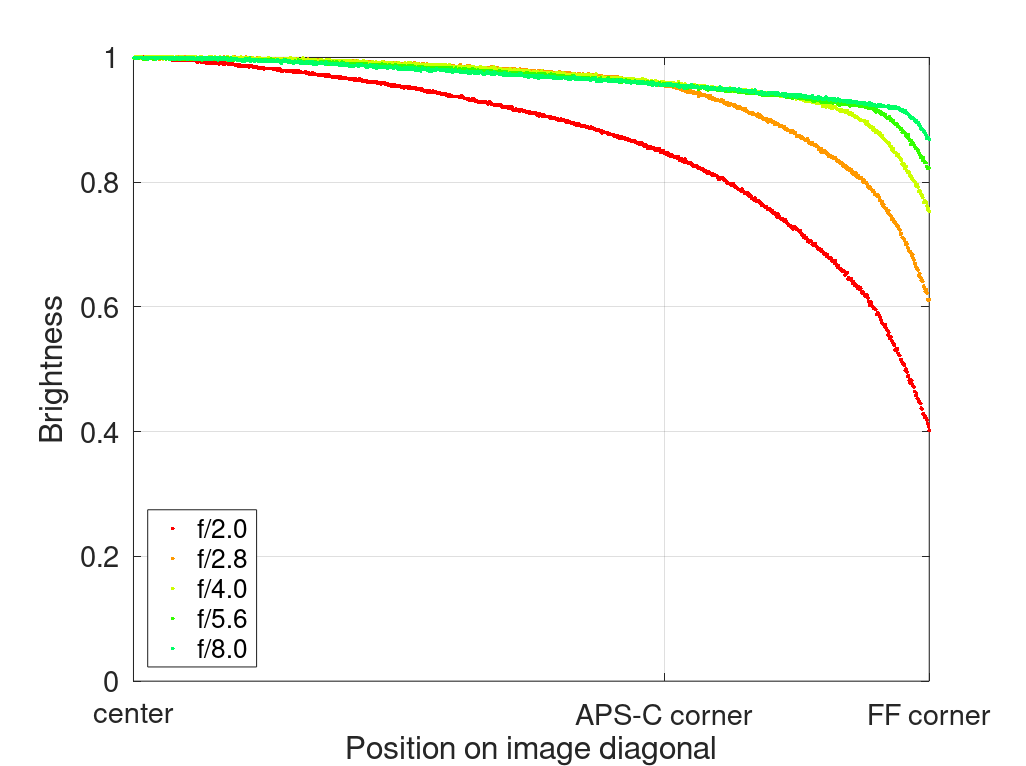
It is recommended to have a look at this article first to get an idea how this brightness graph works.
optical vignetting
In the following comparison we move from the center (left) to the extreme corner (right) and see how the shape of the light circle changes.
I actually didn’t expect this high optical vignetting from a 50mm lens with a maximum aperture of f//2.0. As you can also see stopping down to f/2.8 only has an impact on the center of the frame.
Sharpness
Focus shift
50% crops, A7rII
With some lenses when stopping down the plane of optimal focus shifts to the back or the front, luckily this Light Lens Lab 50mm 2.0 SP II is not one of those. Good news for rangefinder users!
infinity (42mp Sony A7rII, 24mp Leica M10)
Unlike some of the later 50mm M-mount (or mirrorless in general) lenses the rear element is pretty far from the sensor, meaning light does not hit the sensor at an overly shallow angle.
Why is this important? It leads to less vignetting on digital sensors and the performance is not as dependant on the thickess on the filter stack. Long story short: the lens performs very similar on a Leica as well as a stock Sony/Nikon mirrorless camera.
At its maximum aperture this lens is very soft at infinity and there seems to be a lot of spherical aberration. This aberration is also the reason for the soft glow around bright parts of the frame. This glow is probably the main reason for the look of this lens that people are after, but at the same time usually not really helpful for architecture or landscape shooting.
Now stopped down the situations changes drastically. From f/5.6 to f/11 this is a capable lens able to capture good resolution and contrast across the whole frame.
If you are looking for an “allround” vintage 50mm lens this is good news, as it can not only be used for portrait applications (like e.g. the MS-Optics 50mm 1.0 ISM or 7Artisans 50mm 1.1) but also for landscape/architecture shooting.
portrait distance 1.4 m (24mp Sony A7III and Leica M10)
For portraiture it isn’t so important how flat the field is, it is more interesting to see what the sharpness is like when focused at different parts of the frame to take field curvature out of the equation.
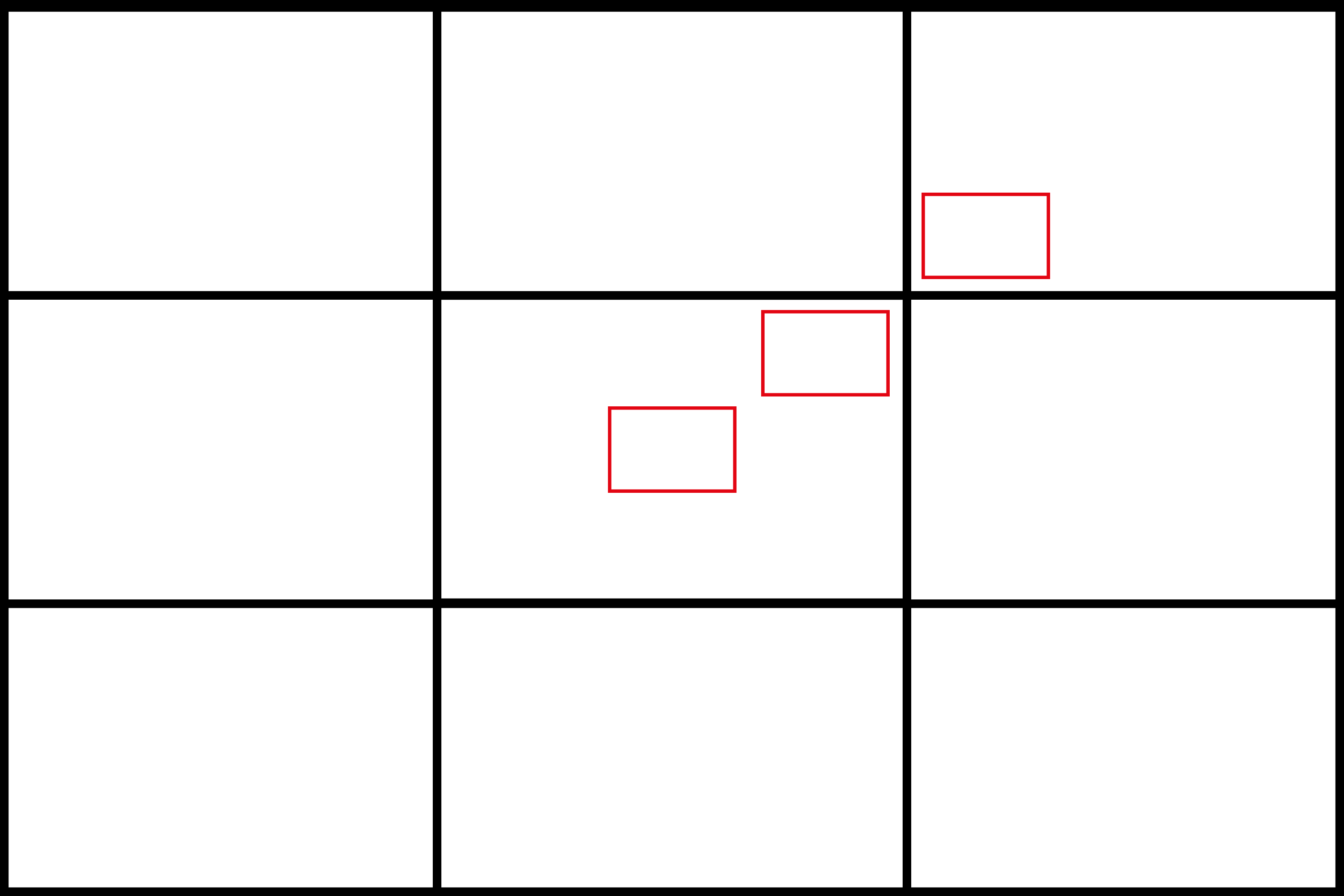
We will be looking at 100% crops from the 24mp Sony A7III and the Leica M10. Both cameras do not have an anti aliasing filter in front of the sensor.
Sony A7III <—> Leica M10
At portrait distances the difference between the performance at f/2.0 and f/2.8 might be even more obvious. Again there are only minor differences in performance between the cameras visible. Also keep in mind setting precise focus is easier with the Sony camera.
close (0.70 m, 1:11.6, 42mp A7rII)
A minimum focus distance of 0.7 m typical for a 50mm lens in the M-mount world, only very few focus closer.
The performance is in line with what we have seen at other distances: very soft at f/2.0, much better stopped down.
Flare resistance
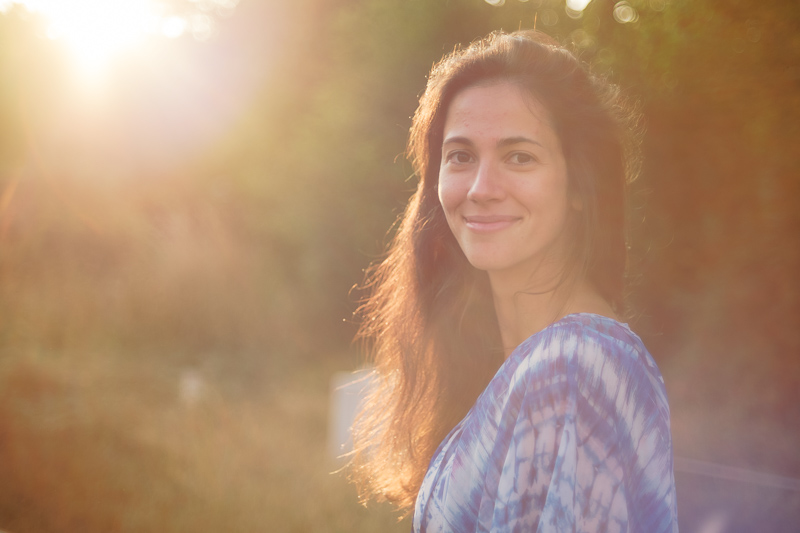
Evaluating flare is a complex matter since you can get any lens to look bad if you push it hard enough and a slight change of scenario can affect results a lot.

Now vintage lenses rarely perform well in this category and the Light Lens Lab 50mm 2.0 SP II is no exception.
Veiling flare with the sun inside or outside the frame can be a real issue and rob away most of the contrast.
At wider apertures you will often encounter veiling flare, rendering the complete image softer, whereas stopped down the contrast is higher but that veiling flare turns into huge ghosts.
No matter where in the frame a strong light source is situated, these huge blue artefacts will show up regularly in different sizes and shapes, as can be seen from the series above.
The hood is not really helping, but shading the lens with something bigger (like a hand) can improve the situation a lot. In the sample above I actually combined both these two pictures for the final image, as I had to cover a part of the frame with my hand to get rid of most of the artefacts.
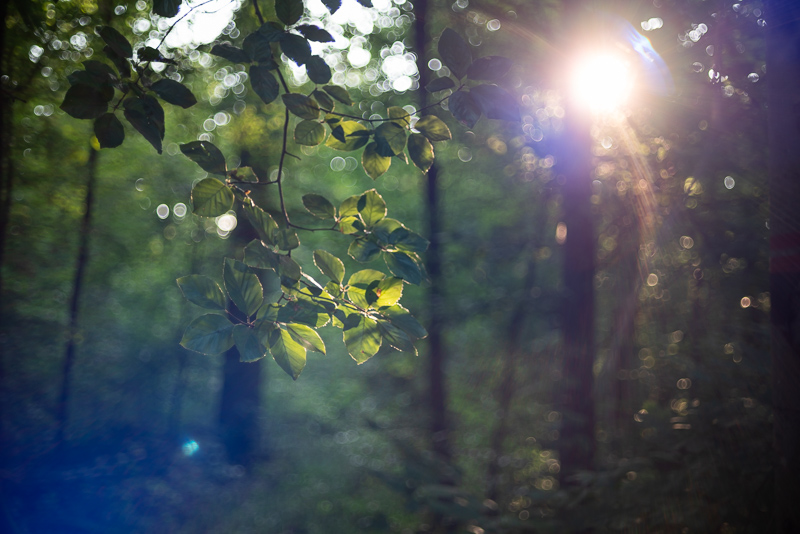
With these vintage lenses some people like to incorporate flare artefacts in their pictures, if this is the case for you I am sure this lens will not disappoint.
Coma
100% crops from extreme corner, focused on center, Leica M10
Fast vintage lenses never fare well in this category and this 50mm 2.0 SPII is no exception. Coma is really strong at f/2.0 and already noticeable in the midframe area.
Stopping down helps, as we see decent performance at f/4.0 and very good performance from f/5.6.
Distortion
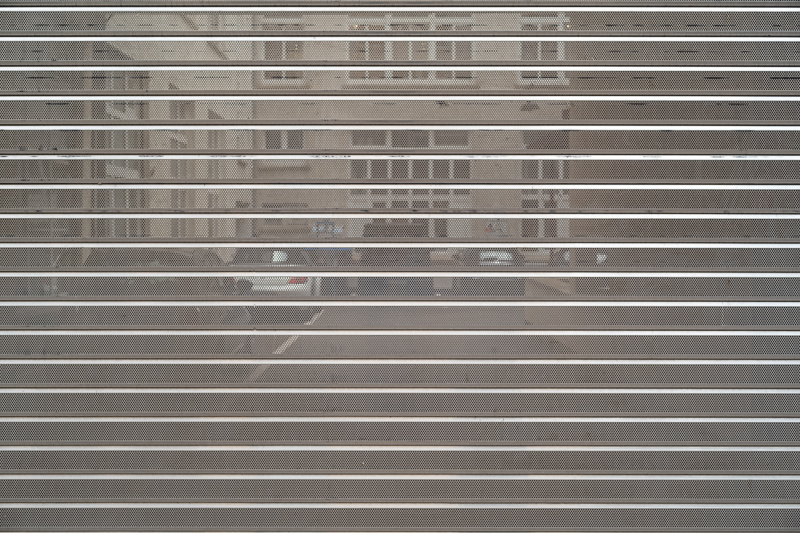
The design this lens is based on is from the 1940s, when there were obviously no digital corrections. Distortion had to be corrected by the optical design and as we can see here that worked pretty well as there is hardly any visible.
Bokeh/Rendering
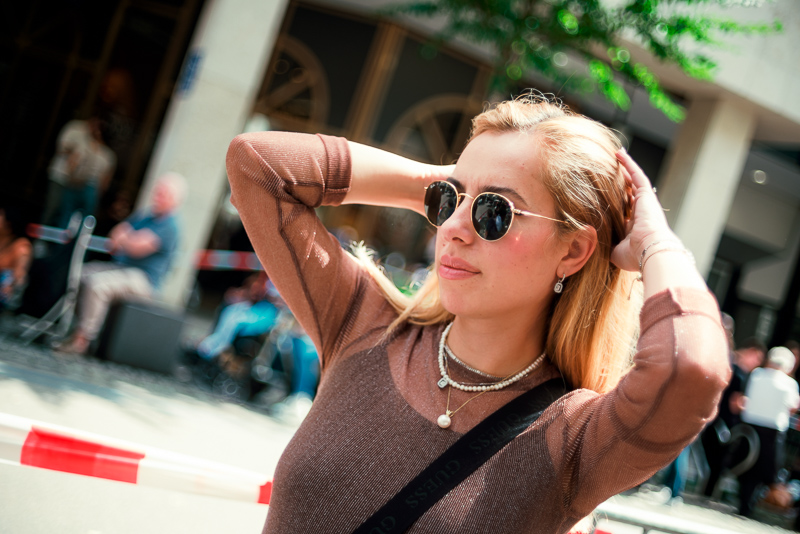
Similar to what we have seen from some of the faster MS-Optics lenses the rendering of this lens changes a lot between its maximum aperture and stopped down by one stop or further.
Therefore we will have a look at a few comparisons first to see what changes here:
At f/2.0 not only the vignetting is noticeably stronger, but we see a lot of glow around bright parts of the frame caused by strong spherical aberration. A diffusion/mist filter creates a similar effect.
Because of this glow and low contrast at f/2.0 the distinction between in focus and out of focus is also not as clear, which in my opinion makes it harder to create the illusion of depth (or a “3D effect” like some may call it) with this lens.
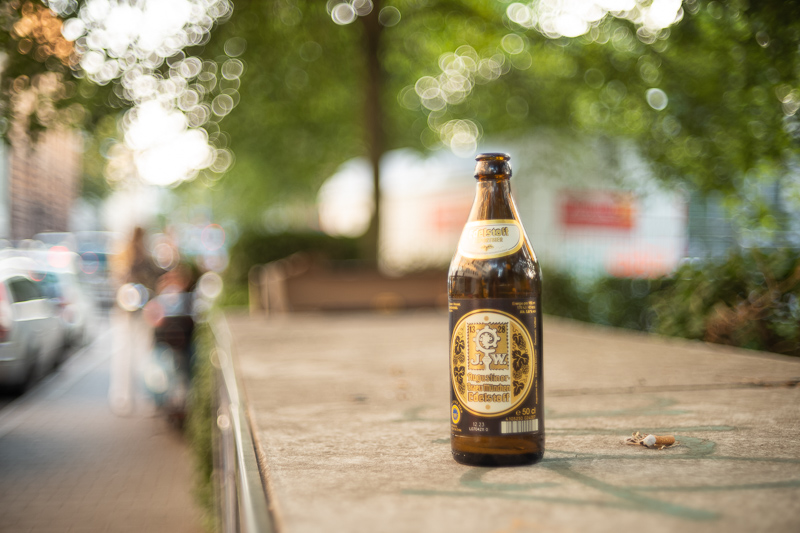
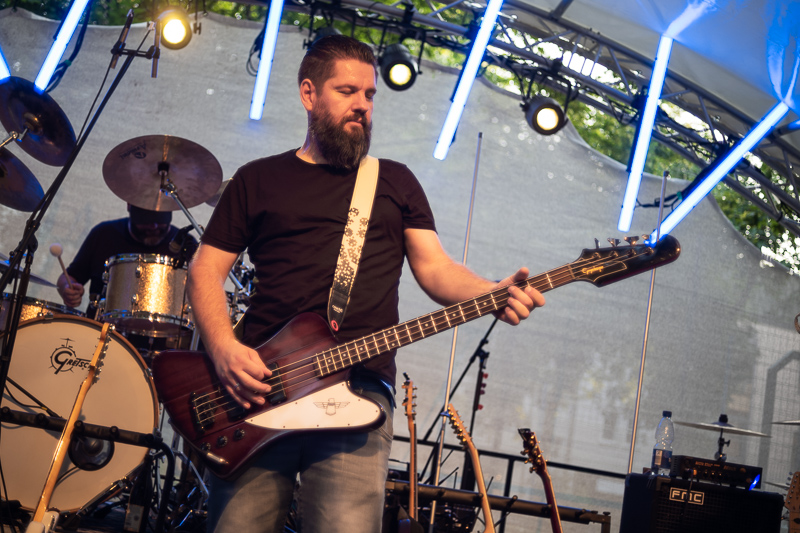
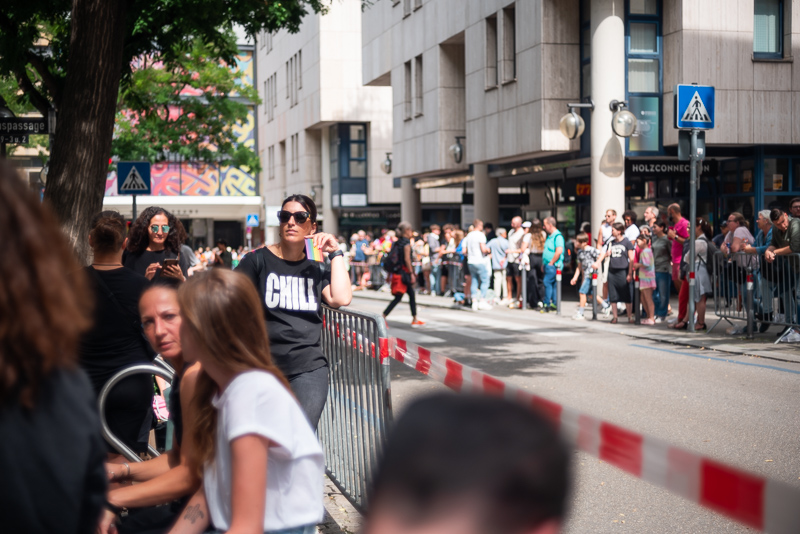
Now stopping down to the f/2.8 changes this drastically, due to a high boost in contrast:



As we are living in the era of affordable 50mm f/0.95 lenses a maximum aperture of f/2.0 or even f/2.8 is nothing special anymore, so this is not exactly the lens if you are after a lot of subject separation at longer focus distances:



Stopped down to f/2.8 the rendering is still different from your typical modern 50mm lens: the bokeh is harsher and shows a lot of outlining and double edged structures towards the corners. Foliage even shows a strong “soap bubble” effect, something lenses like the Trioplan 100mm 2.8 or mirror tele lenses are popular for.
If you like this kind of vintage rendering or not is of course highly subjective, so have a look at the sample images and decide for yourself.
Sunstars
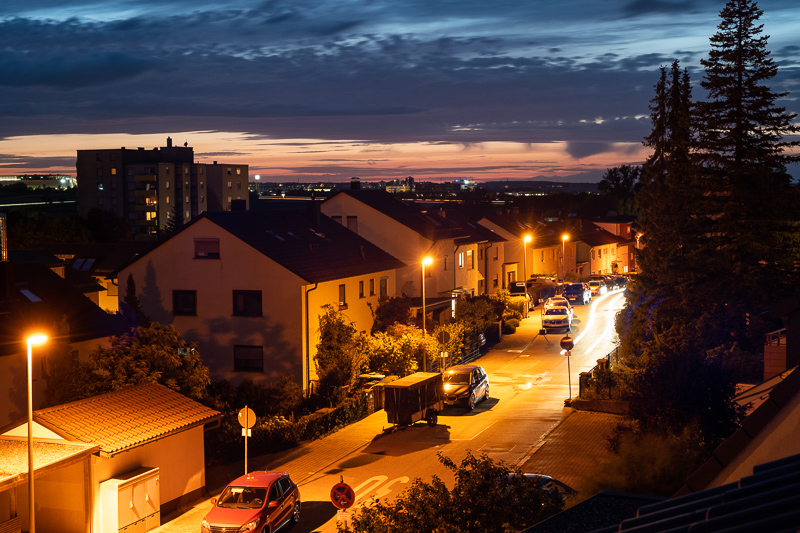
With its 11 curved aperture blades it is very hard to create sunstars to begin with and the alignment of the blades is not as precise as that of the Sony GM lenses, higher end Sigma Art lenses and some Leica lenses, so if you manage to create sunstars they look rather messy.
If you want to know more about sunstar rendering of different lenses have a look at this article.
Chromatic aberration
lateral
I checked the amout of lateral CA and they are so close to zero I have nothing to show you here.
longitudinal
Whenever a lens has strong spherical aberration this masks longitudinal CA a bit and this is also the case here. At f/2.0 the lens is very soft so we only see a little magenta/green outlining. Purple fringing is still present though:
Leica M10 | Light Lens Lab 50mm 2.0 SP II | f/2.0
In a scene like this with chrome parts hit by direct sunlight you would usually also see purple fringing, but here you see plenty of aberrations overlapping at f/2.0:
Leica M10 | Light Lens Lab 50mm 2.0 SP II | f/2.0
Stopping down to f/2.8 improves the performance significantly and hardly any loCA are left.
Conclusion
The 50mm 2.0 Speed Panchro II is the first Light Lens Lab lens that is not a direct 1:1 replica, but a slightly optimized design compared to the original. I have also never used the original, so I cannot tell you how close this lens’ rendering comes to the original. I can tell you what the rendering of this lens is like though and what I think it can best be used for.
Modern, even very fast, mainstream lenses show their peak performance already at their maximum aperture. The Sigma 35mm 1.2 Art DG DN is one such example. The resolution everywhere in the frame is as good at f/1.2 as it is at f/11. To achieve that no less than 17 elements in 12 groups were needed.
Now This Light Lens Lab lens on the other hand is practically a design from the 1940s. A rather simple double gauss design with 7 elements in 5 groups – which is not enough to correct all optical aberrations. Back in the day you also had to put more emphasis on correction distortion and lateral CA than you do today, leading to even more design restraints.
By modern standards this 50mm 2.0 SP II is very soft at its maximum aperture, this also makes manually focusing harder, because there is no clear distinction between in-focus and out-of-focus. If you have ever used a strong mist or diffusion filter the effect this lens creates at f/2.0 is very similar to that.
At f/2.8 this lens sharpens up considerably while still keeping most of its character and I think this is the aperture setting it is best be used at. Stopped down further it also shows good performance at infinity, good news if you also want to use it for landscape/architecture shooting from time to time.
Still, most people are interested in this lens for its f/2.0 to f/2.8 rendering, so there are many samples in this review showcasing it. If this is what you are looking for, this lens is for you. If you are simply looking for “a” 50mm lens there are probably better options out there.
You can order this lens from the official homepage as well as ebay.com (affiliate link) for $899
Alternatives
The obvious alternatives to this lens are other 50mm M-mount vintage lenses, e.g. the Jupiter-3 50mm 1.5, Canon 50mm 1.2 LTM or Nikkor-S 50mm 1.4.
And also some modern lenses designed to give a vintage look, e.g. the Zeiss ZM 50mm 1.5 C-Sonnar, 7Artisans 50mm 1.1 or the faster MS-Optics lenses 50mm 1.0 ISM, 50mm 1.1 Sonnetar and 50mm 1.3 Sonnetar Slim.
If you are looking for a lens like this it will be all about its wide open look, so have a look at the sample images to see what could work best for you.
If you are looking for a more modern 50mm lens that performs better at its maximum aperture you should have a closer look at the Mr. Ding 50mm 1.1, TTArtisan 50mm 1.4 or the Voigtänders VM 50mm 1.5 II and VM 50mm 1.2.
You can find all our reviews of 50mm M-mount lenses here.
Sample Images
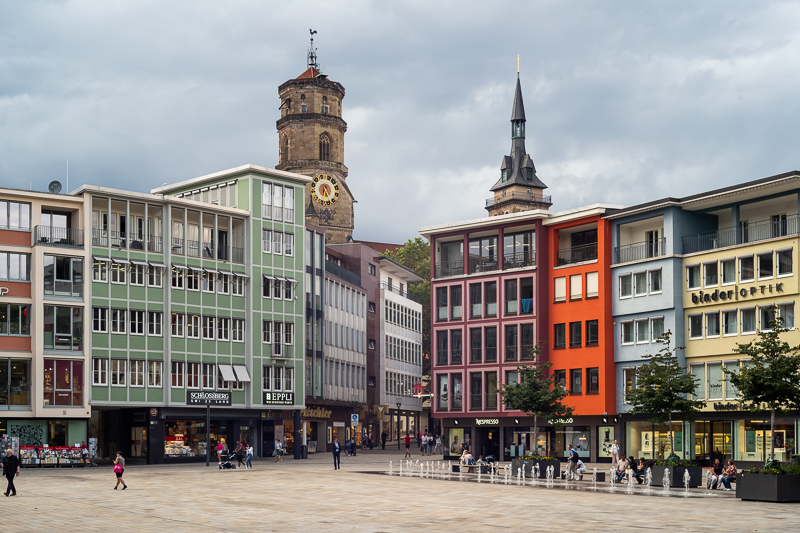
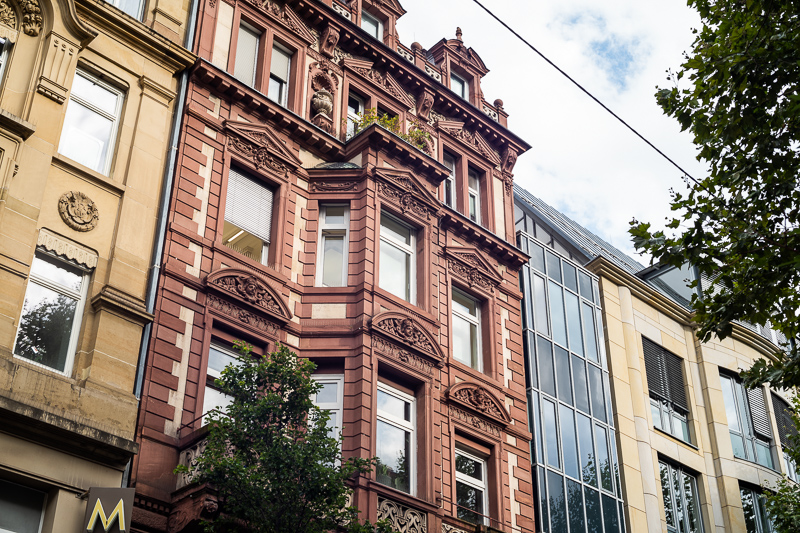

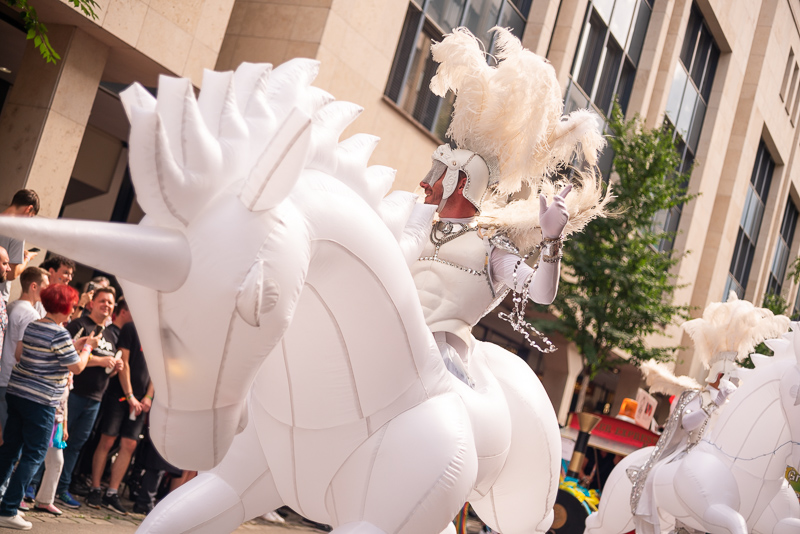


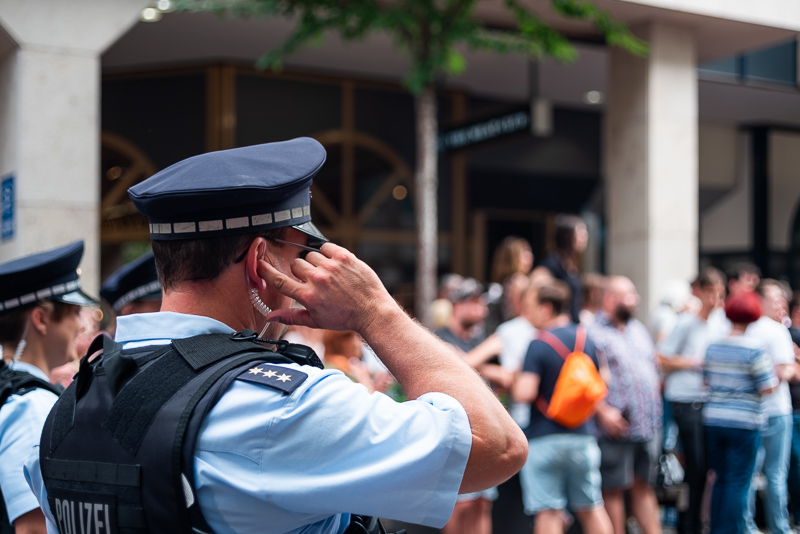
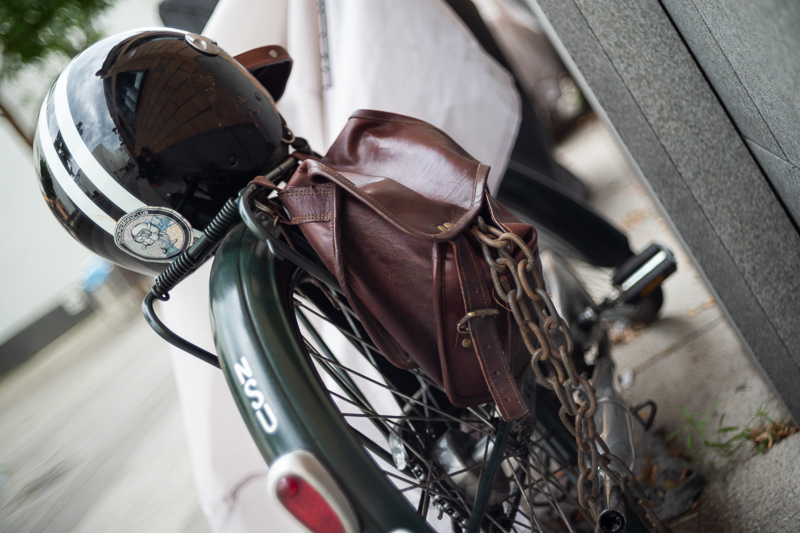
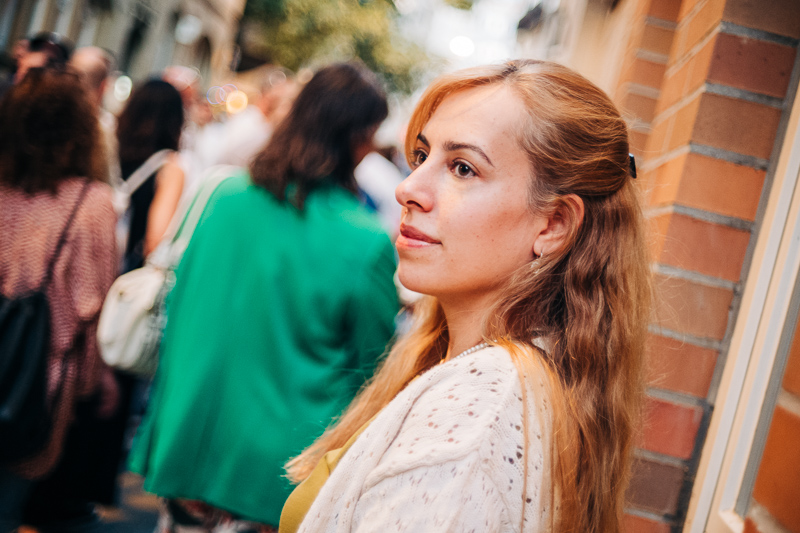
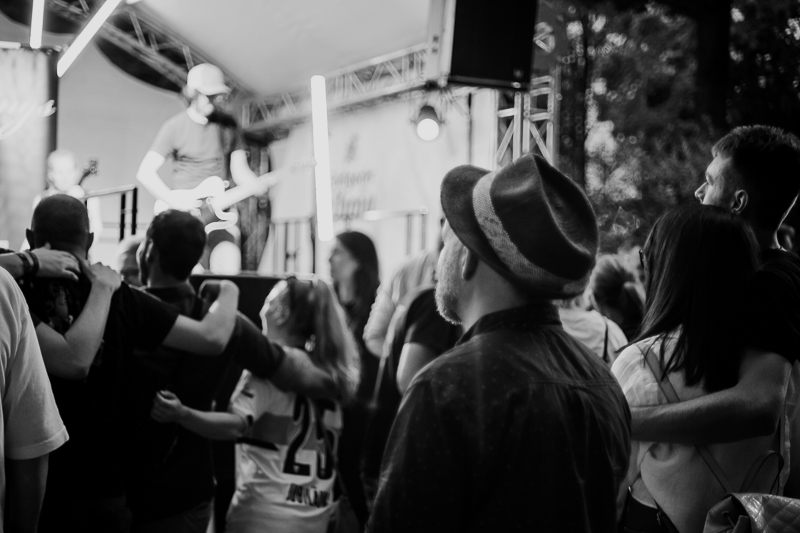
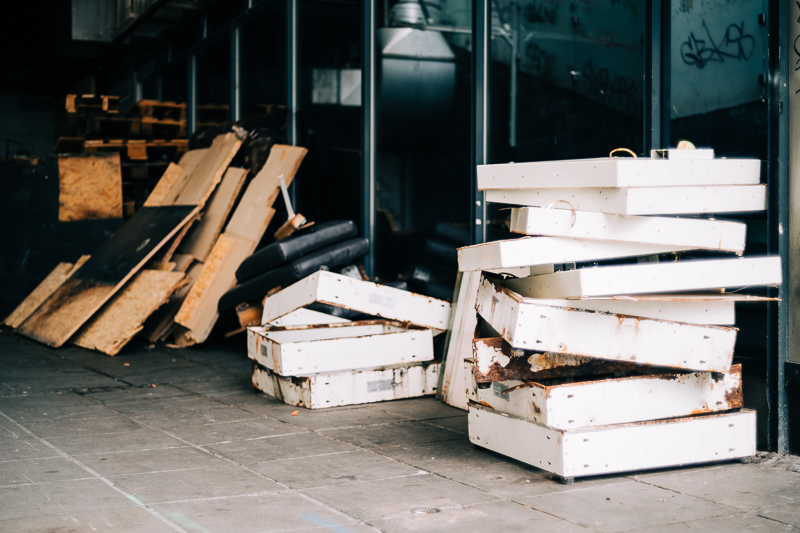
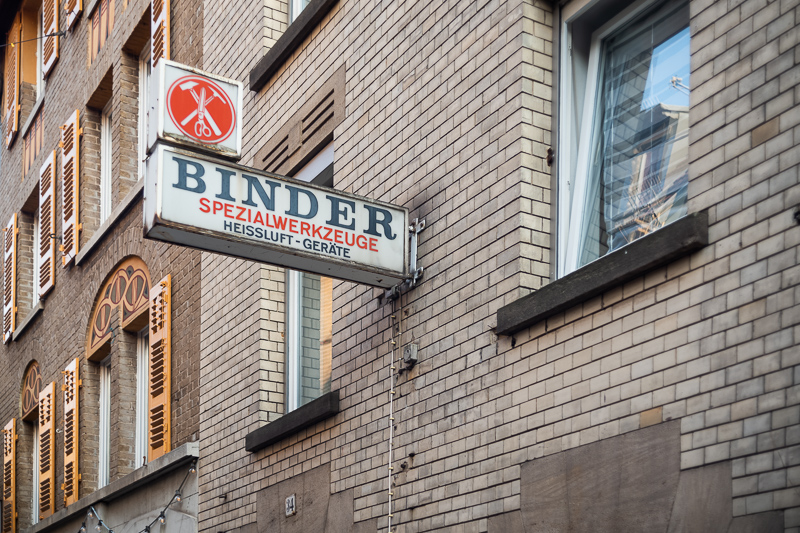
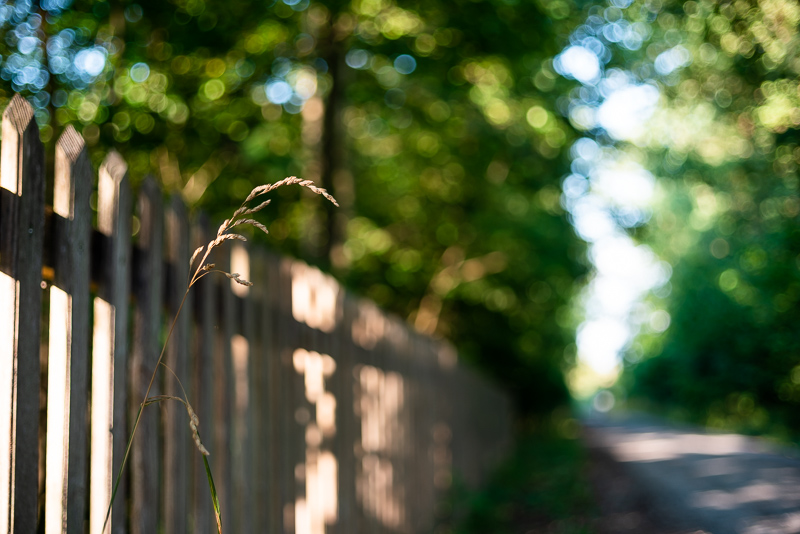
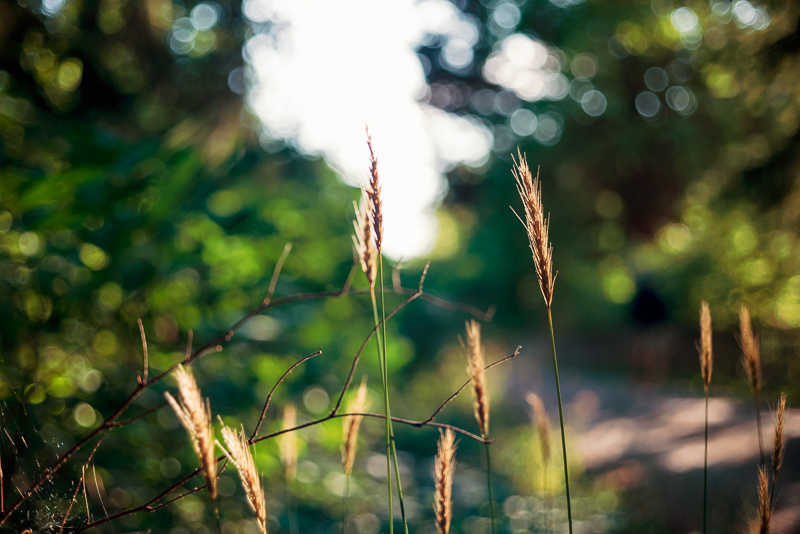

Most of the sample images in this review can be found in full resolution here.
Further Reading
- M-mount lens reviews
- Review: Laowa 35mm 0.95 – The world’s fastest 35mm lens
- How I edit my pictures
- Lens aberrations explained
- Analogue Adventures
Support Us
Did you find this article useful or just liked reading it? Treat us to a coffee!
![]()
![]()
![]() via Paypal
via Paypal
This site contains affiliate links. If you make a purchase using any of the links marked as affiliate links, I may receive a small commission at no additional cost to you. This helps support the creation of future content.
Latest posts by BastianK (see all)
- Analogue Adventures – Part 33: Harman Phoenix 200 - July 24, 2024
- Review: Nikon 200mm 2.0 IF-ED Ai – The first of its Kind - July 21, 2024
- Review: Voigtländer 50mm 1.1 Nokton – Better than its reputation? - July 17, 2024
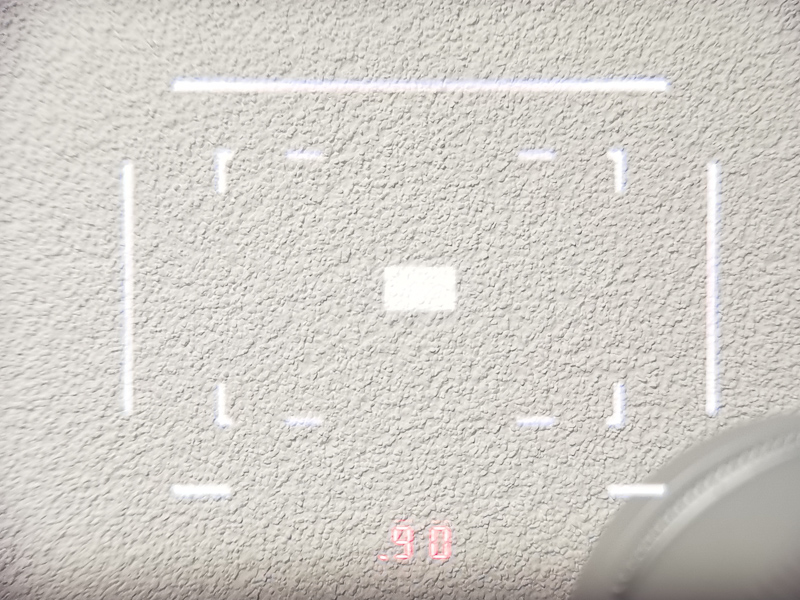
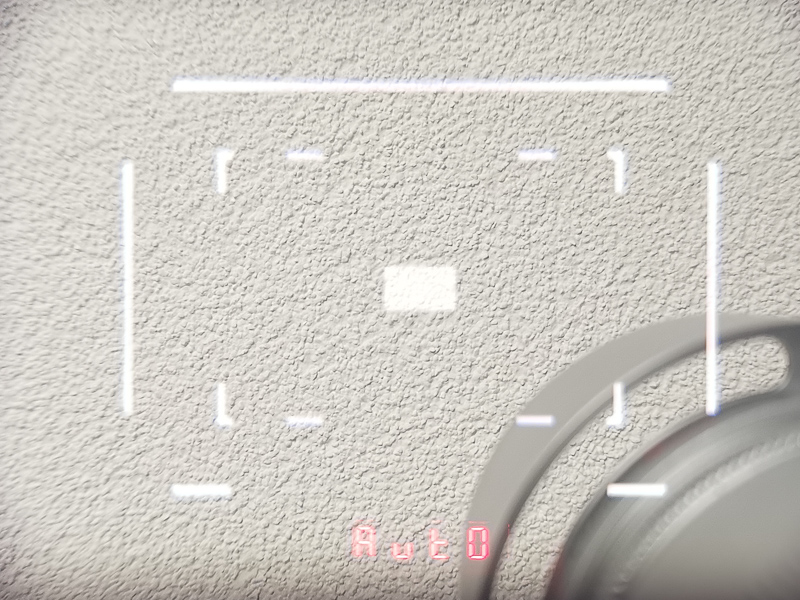
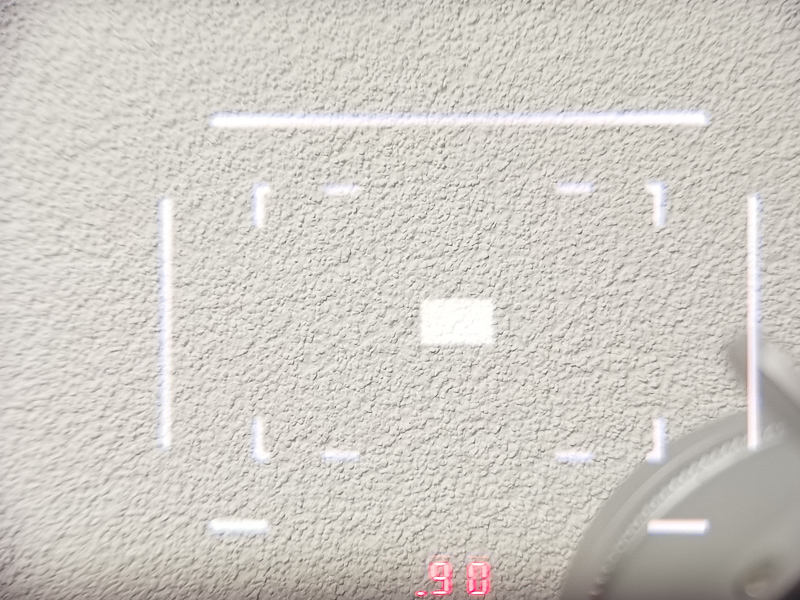
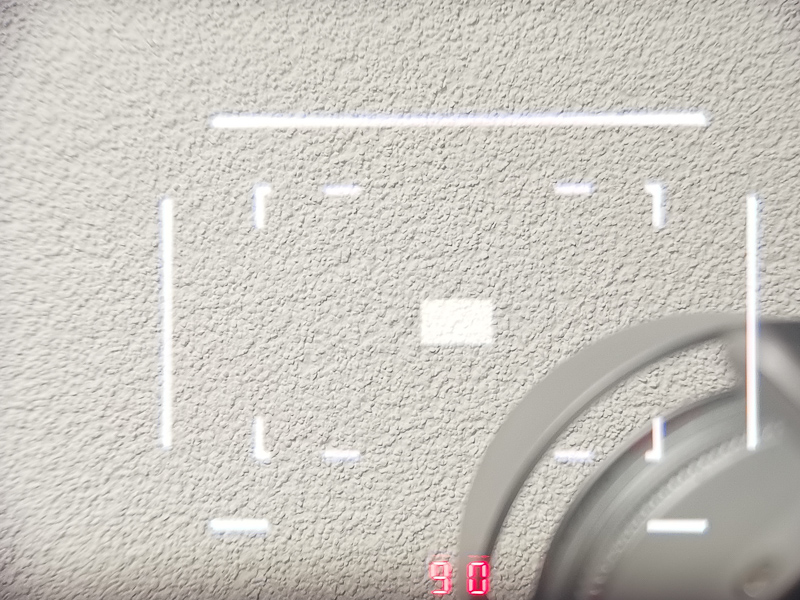


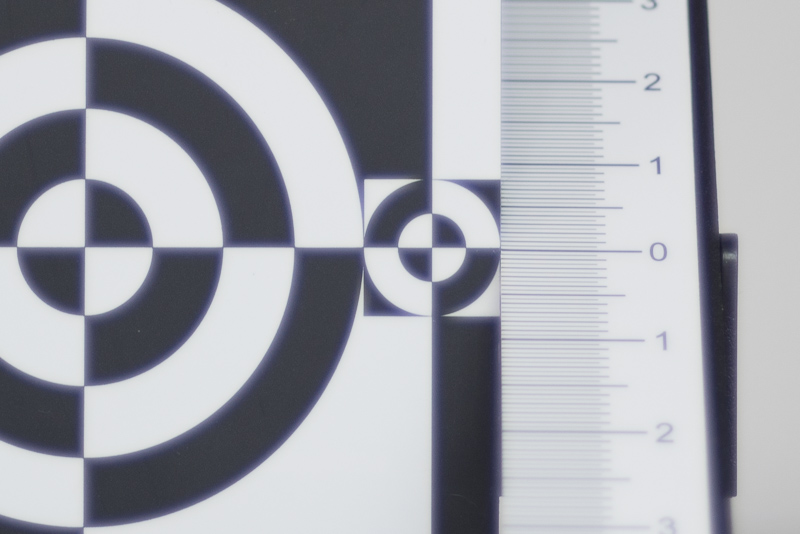
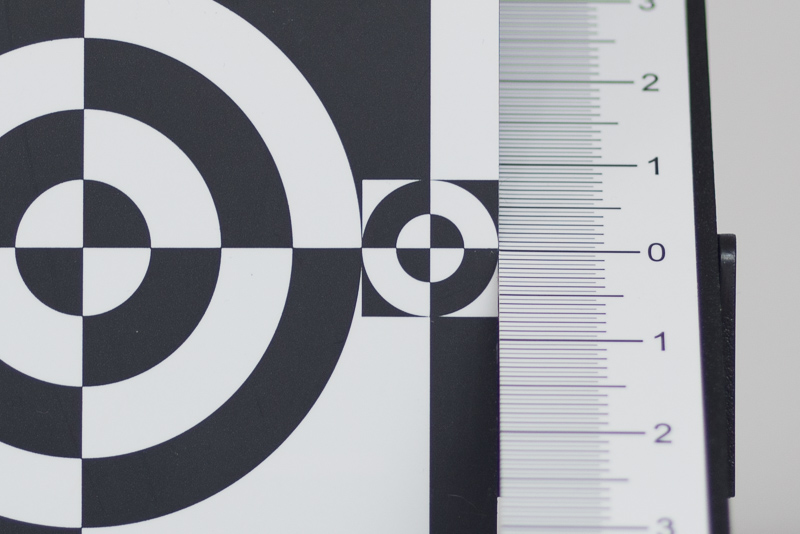
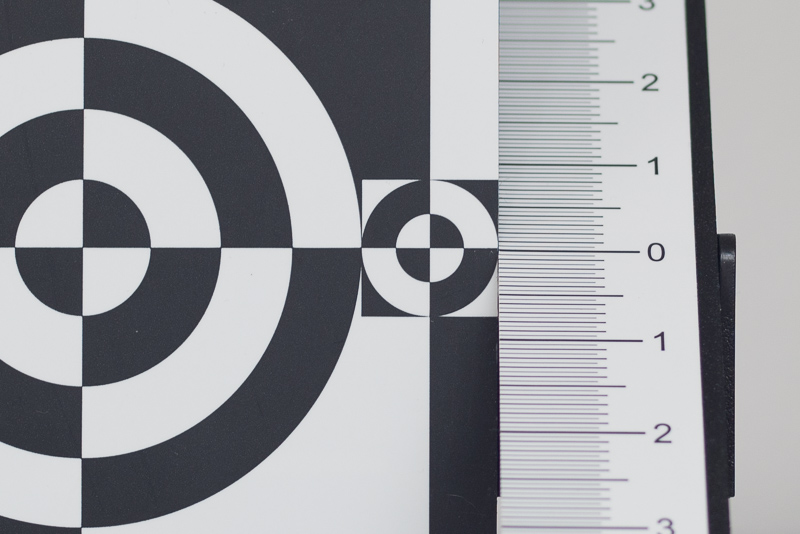
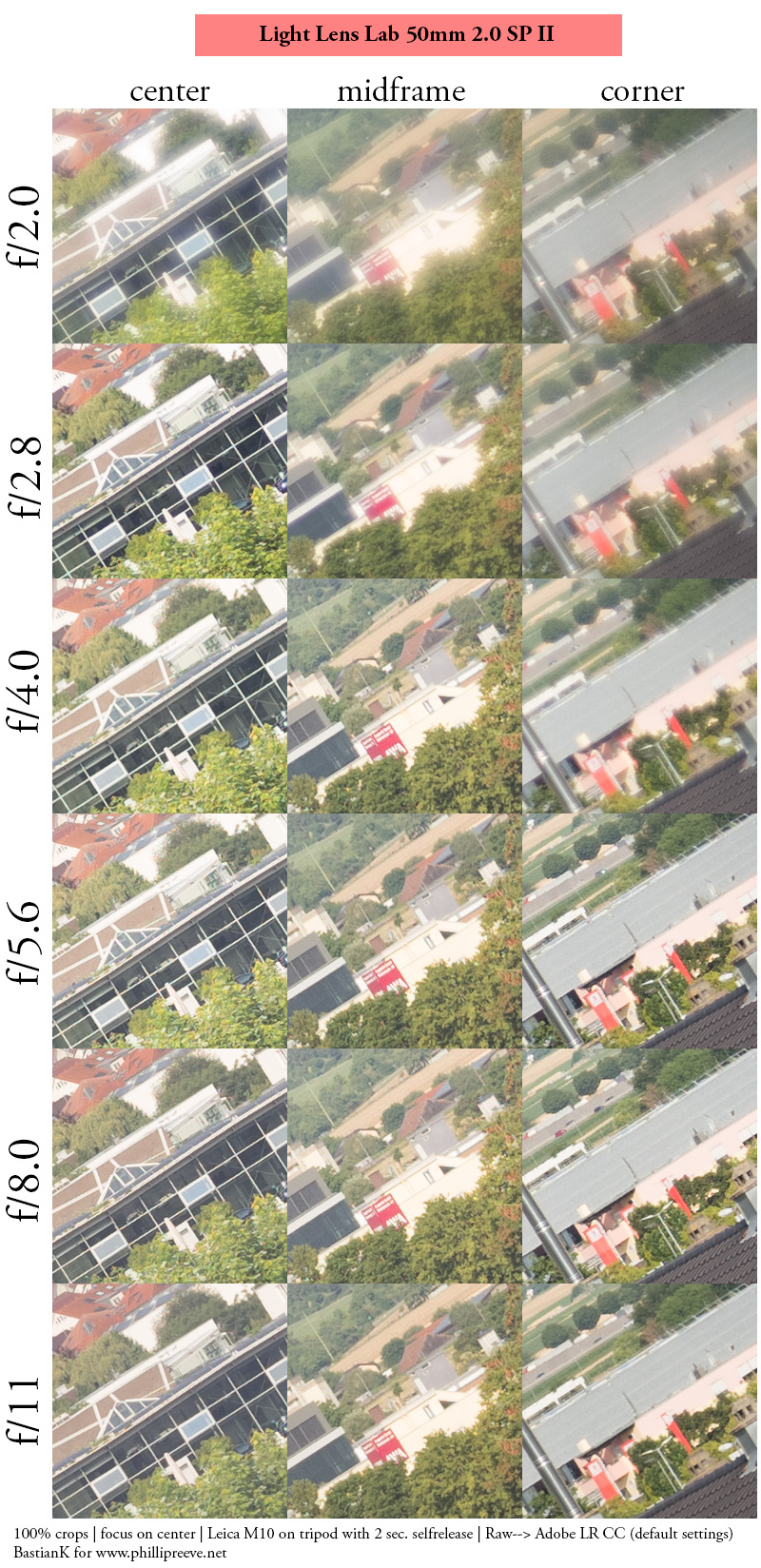
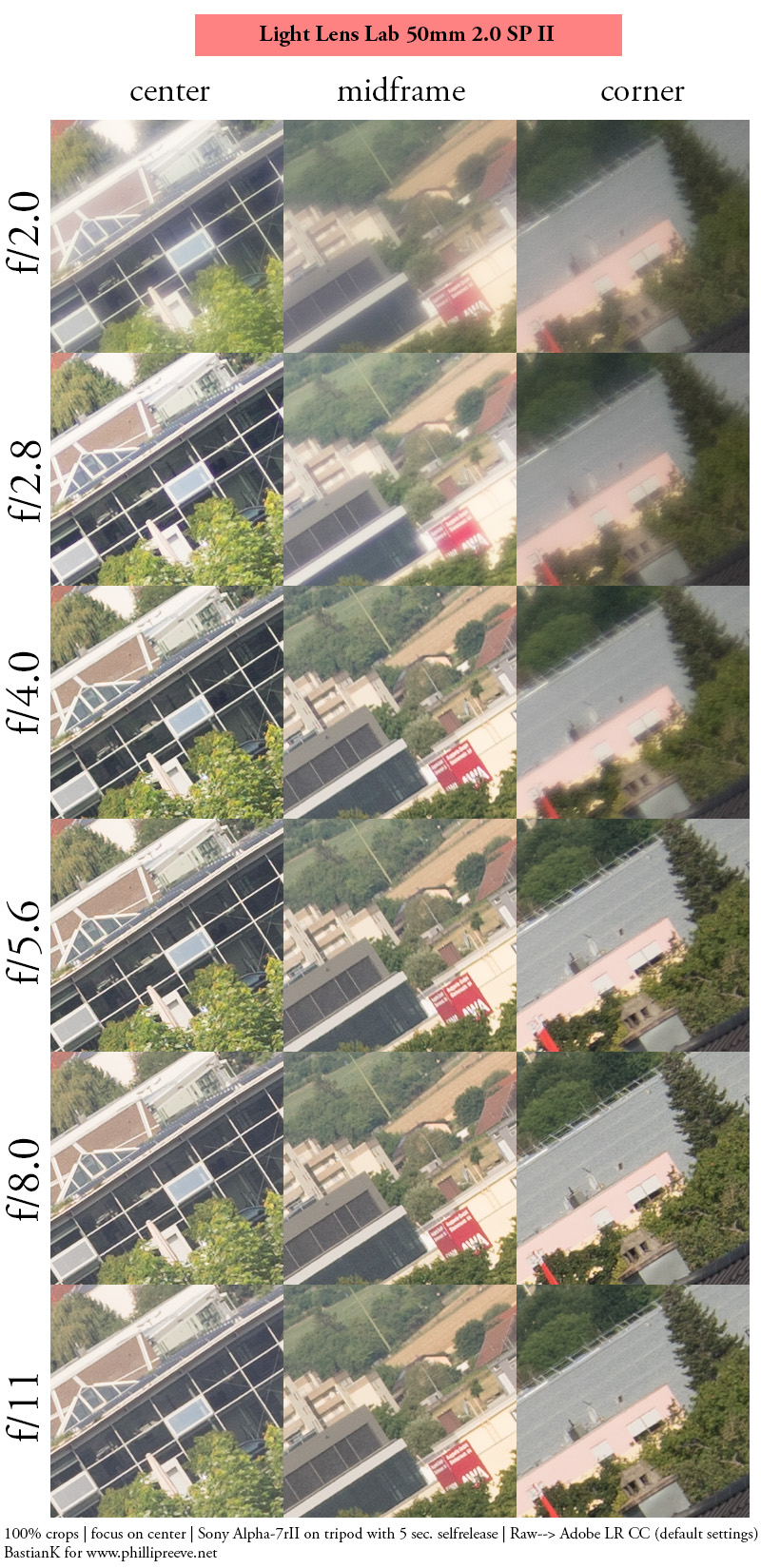
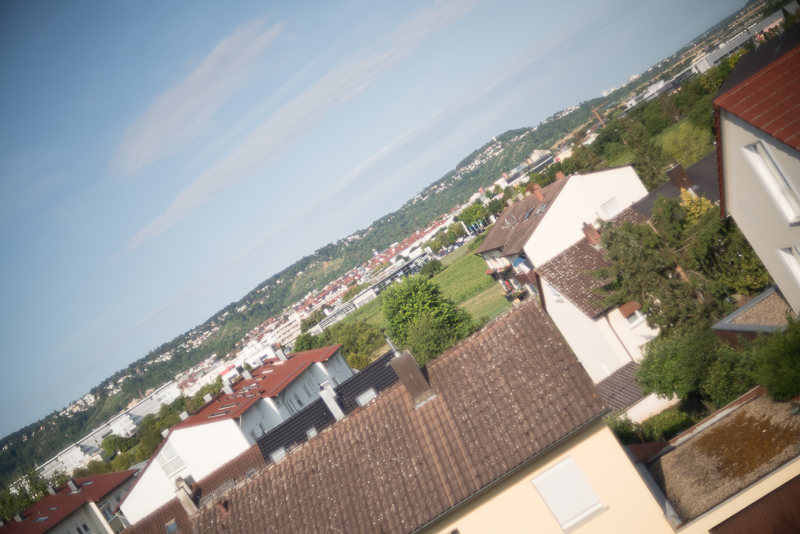
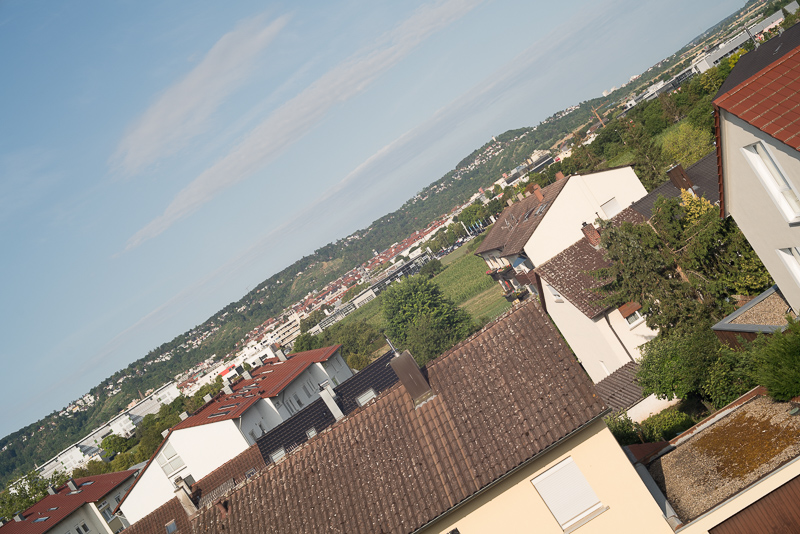
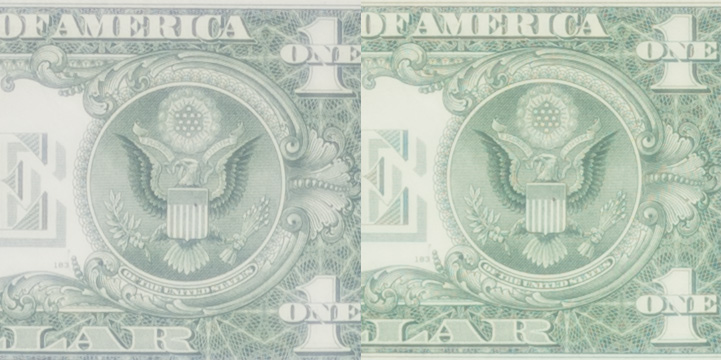

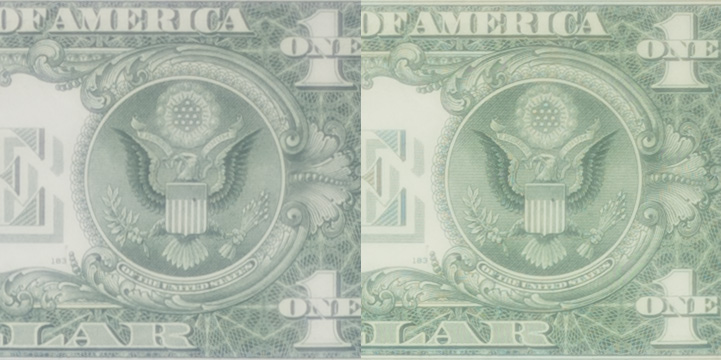

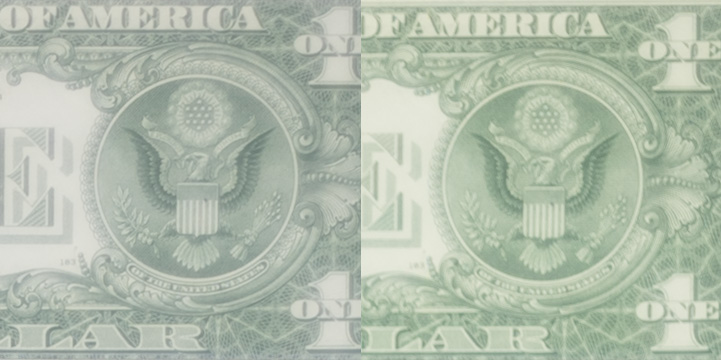





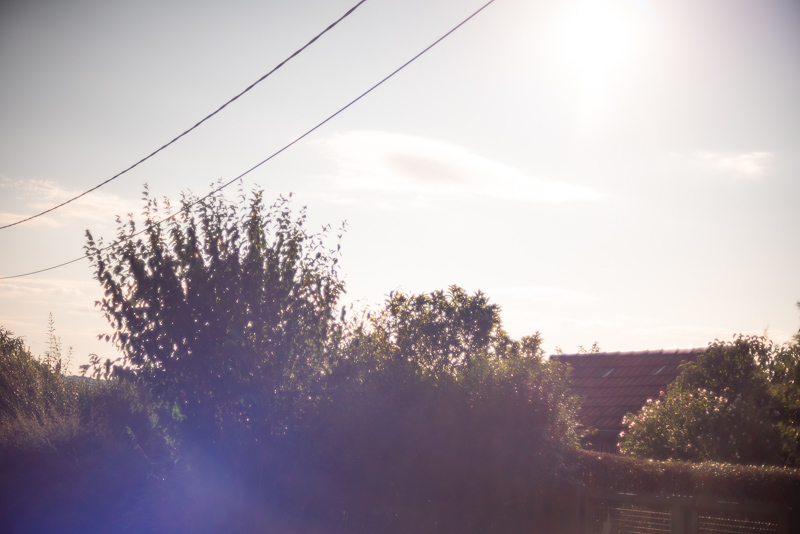
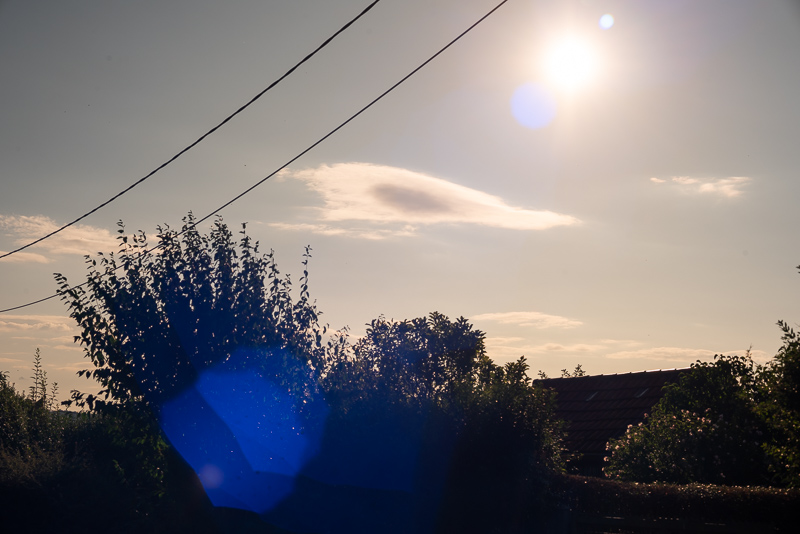
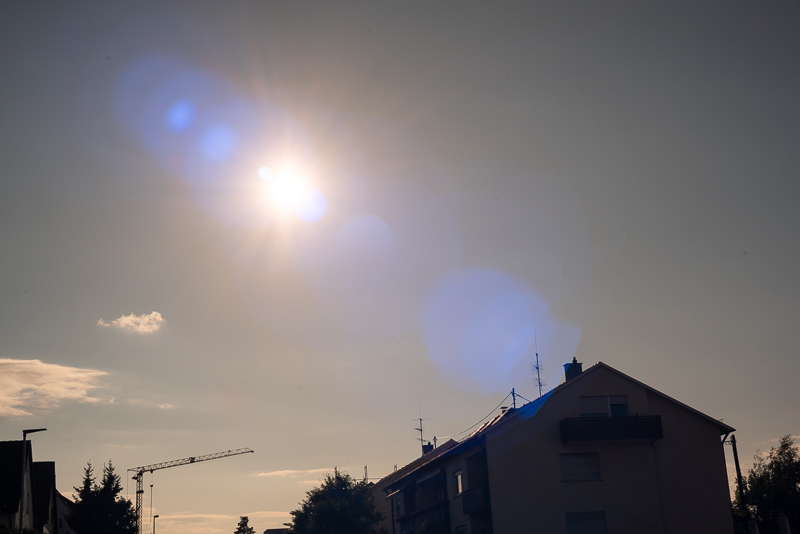
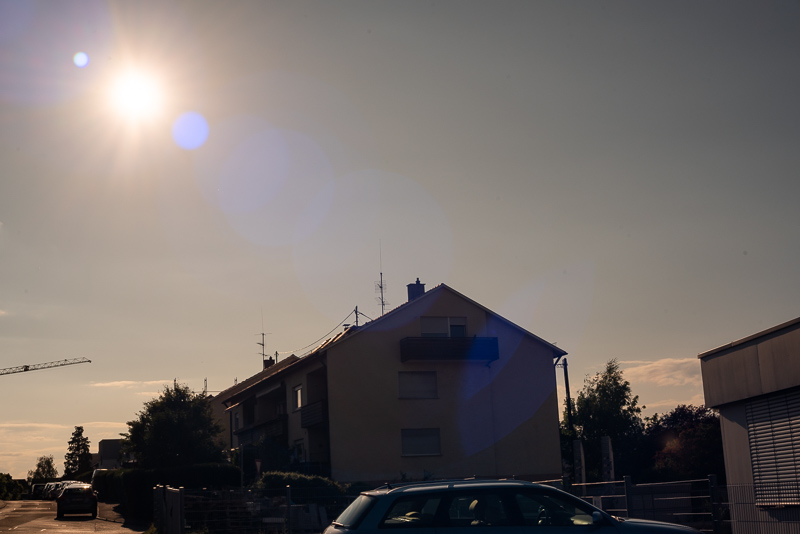
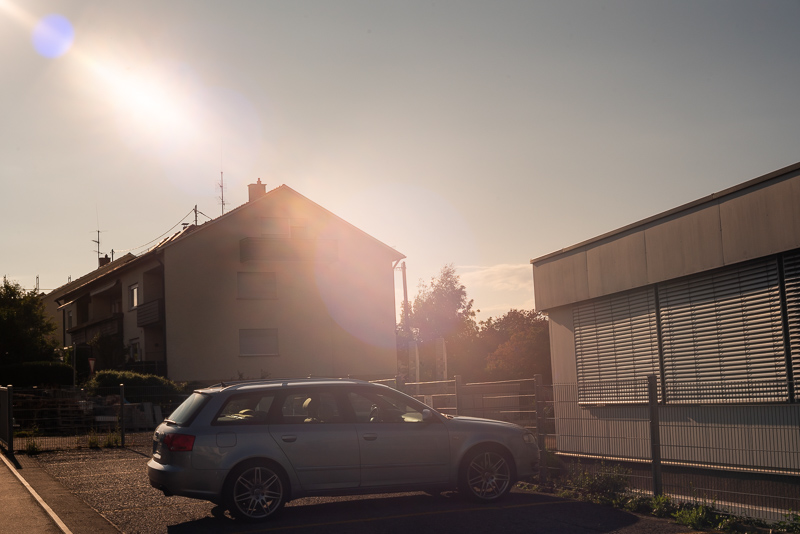
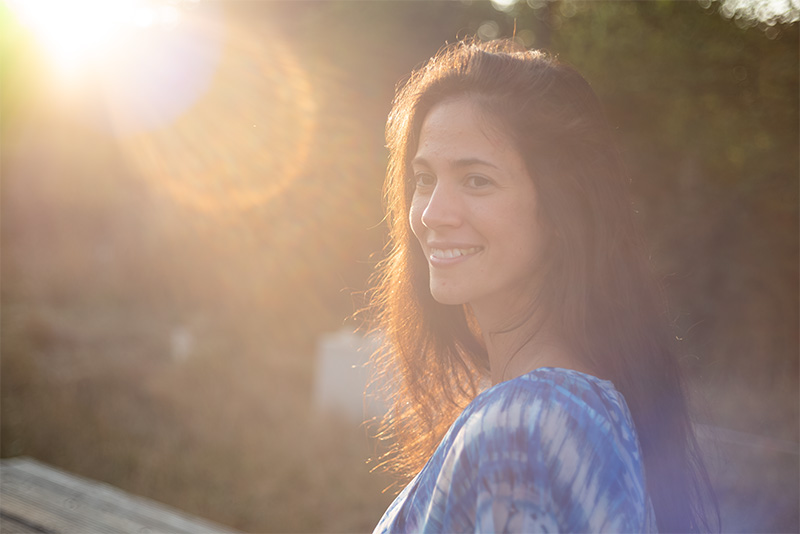
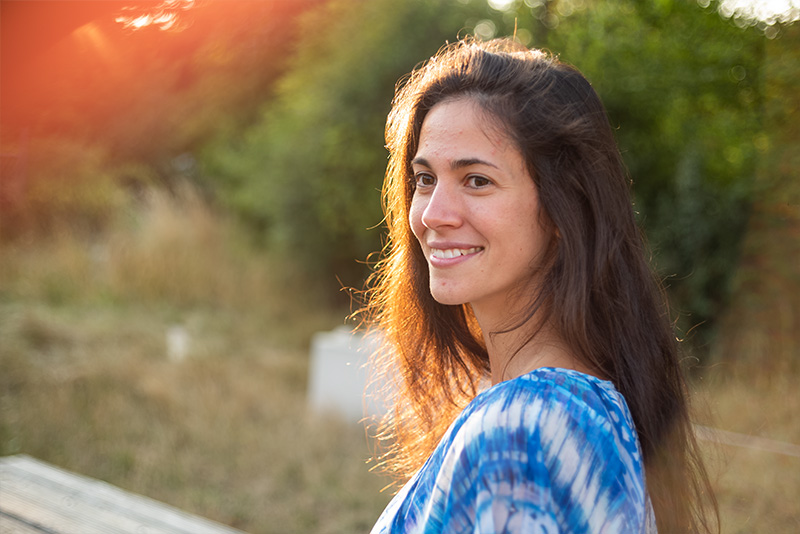
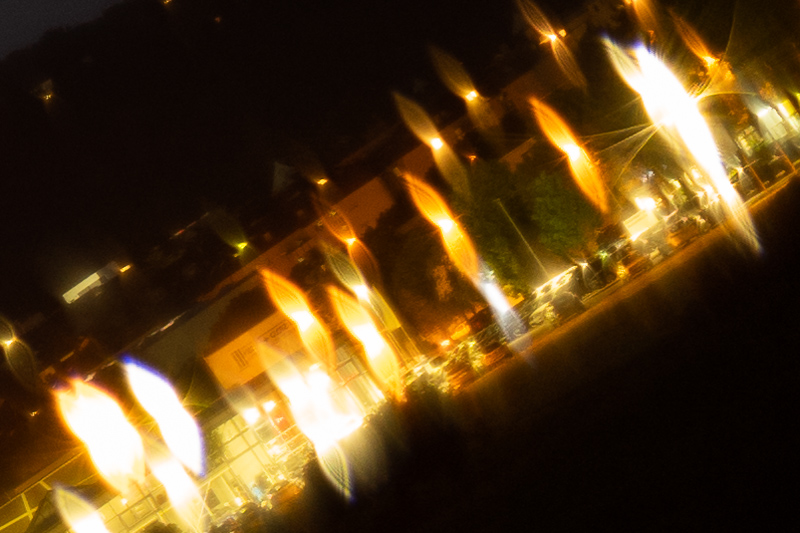
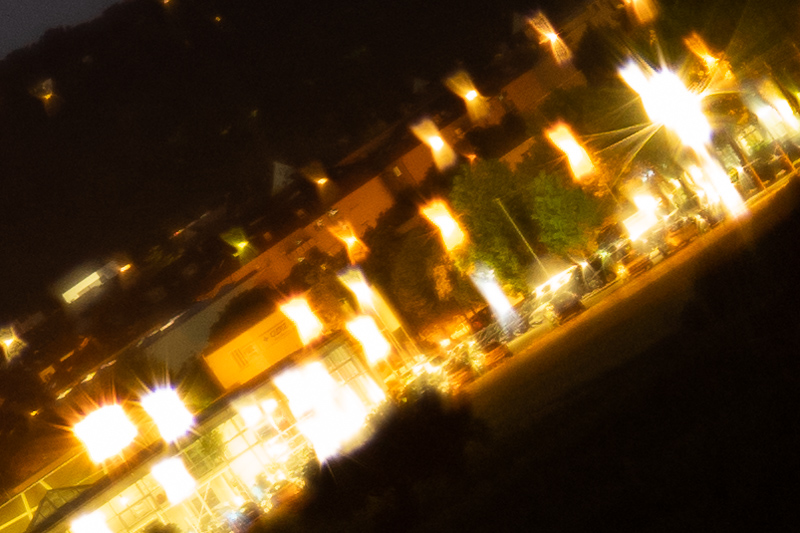
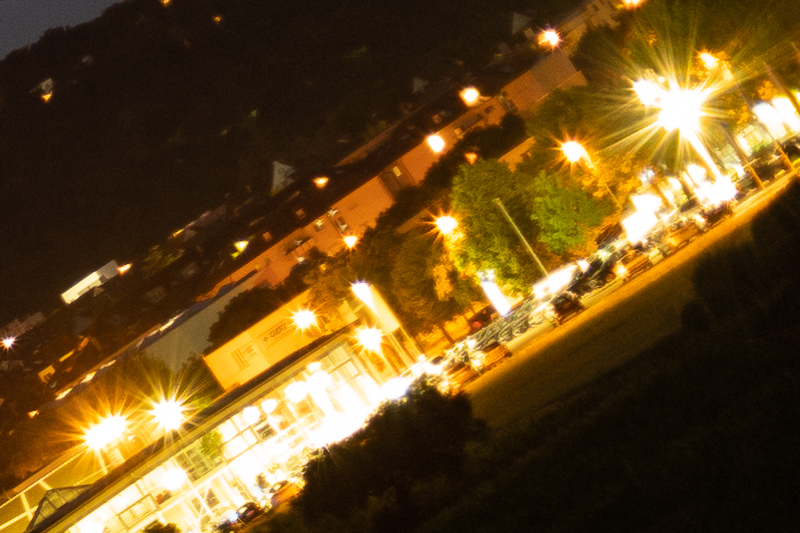
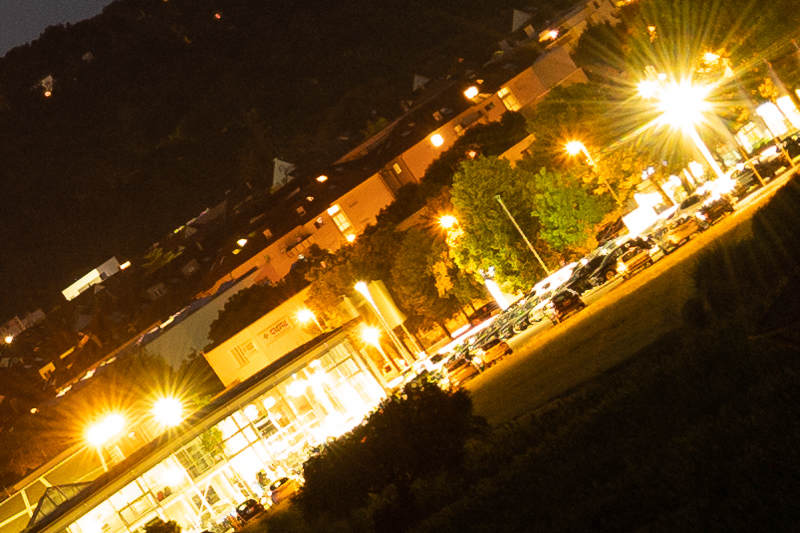
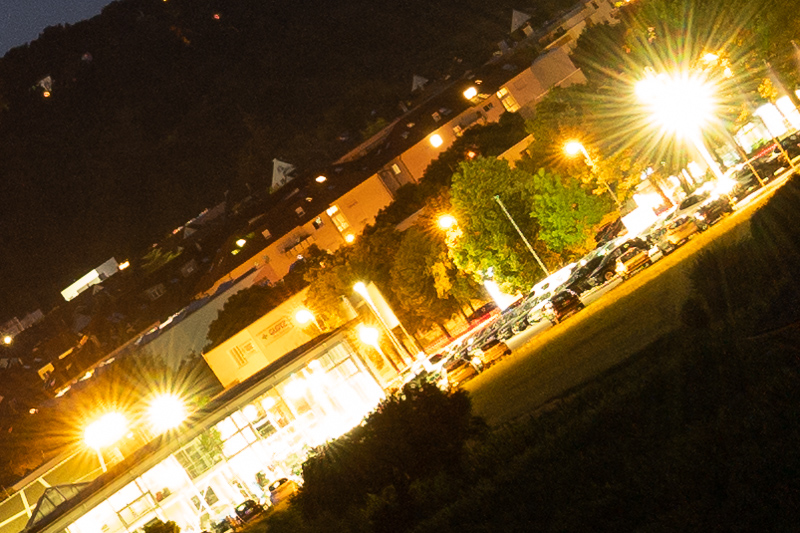
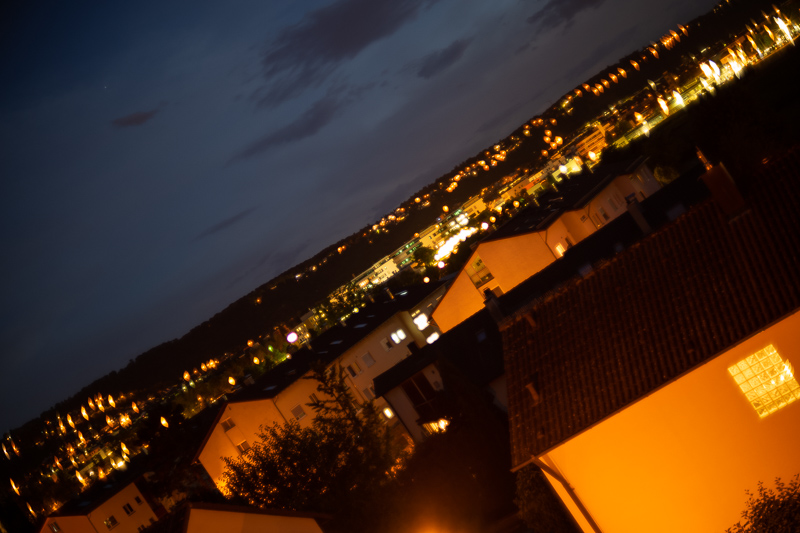
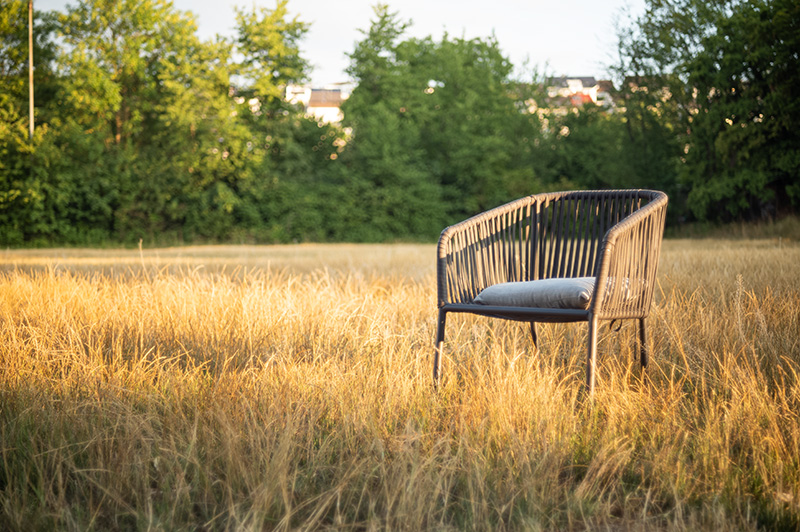
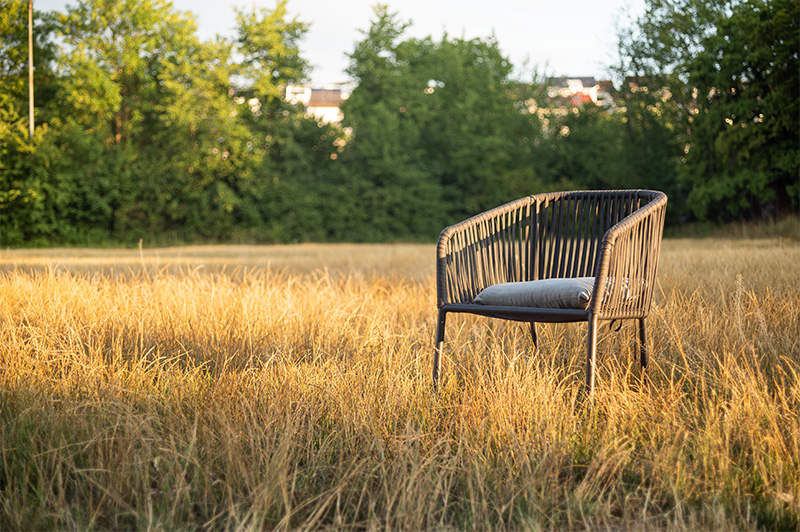
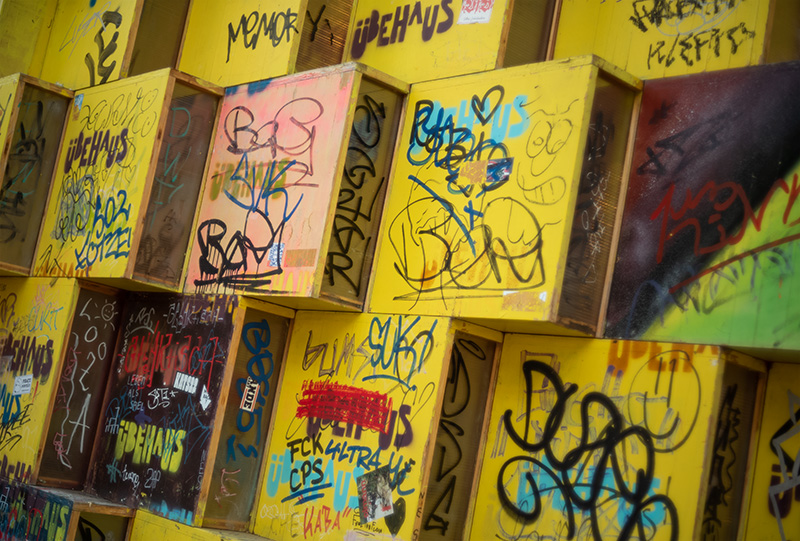
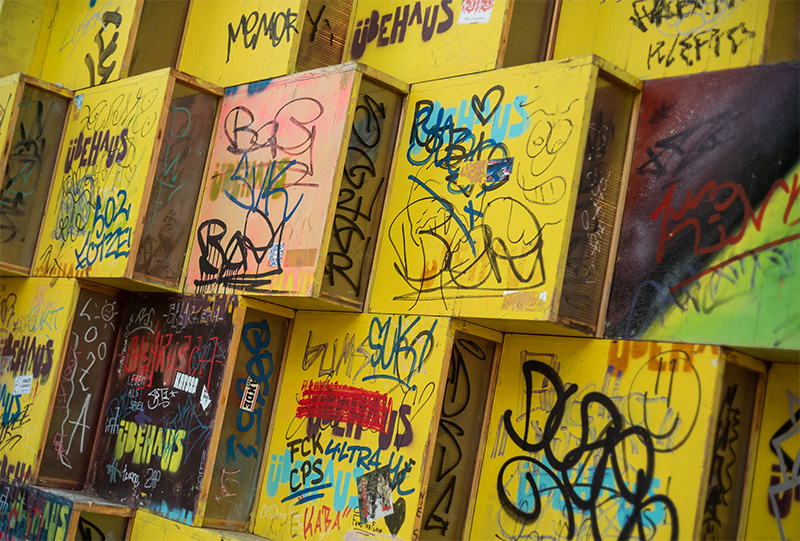
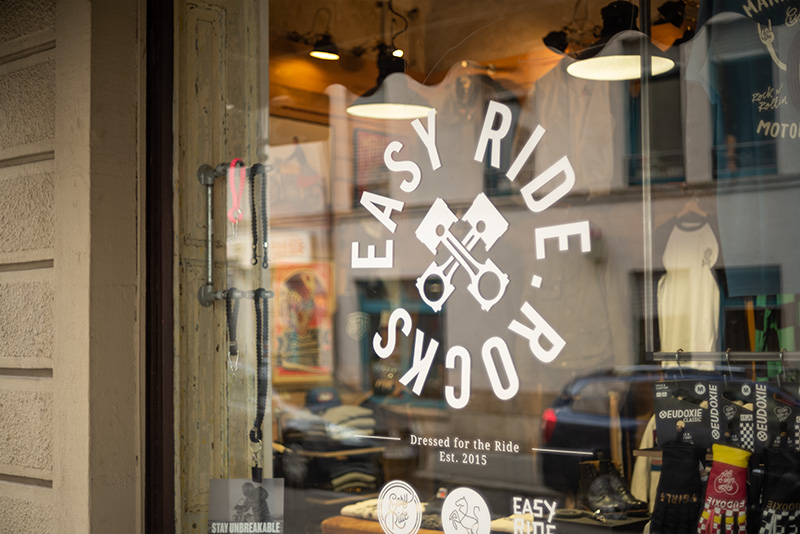
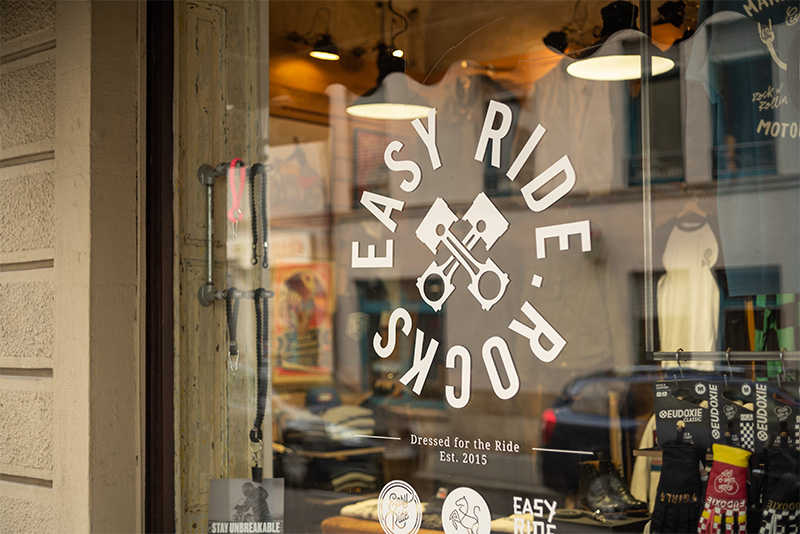
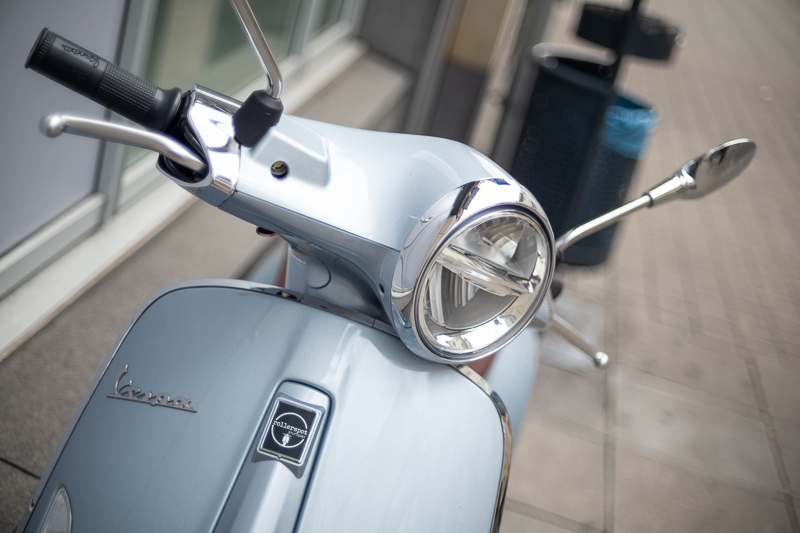
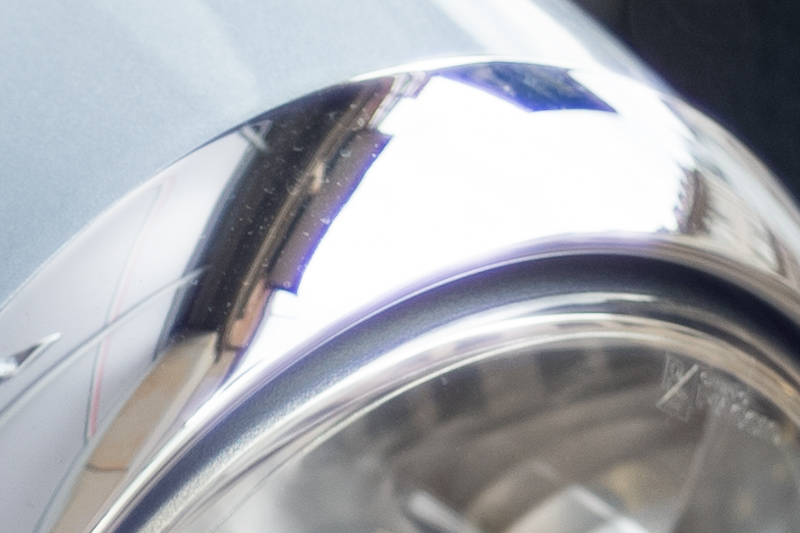
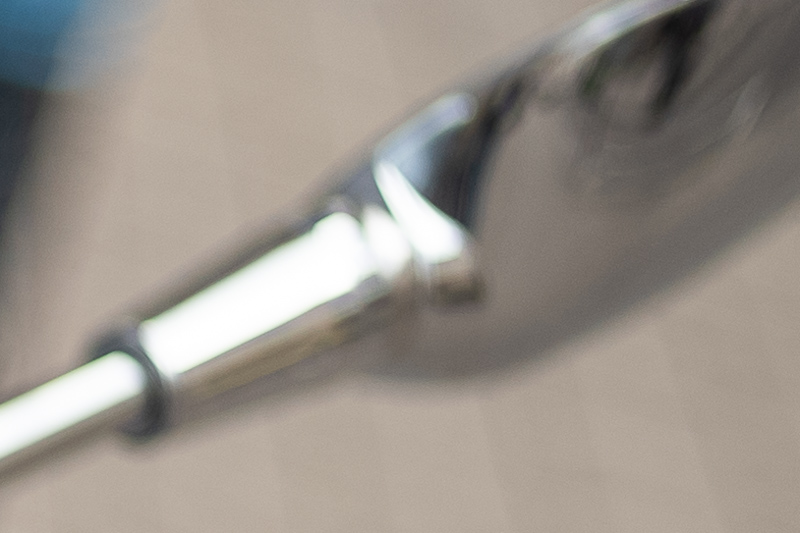
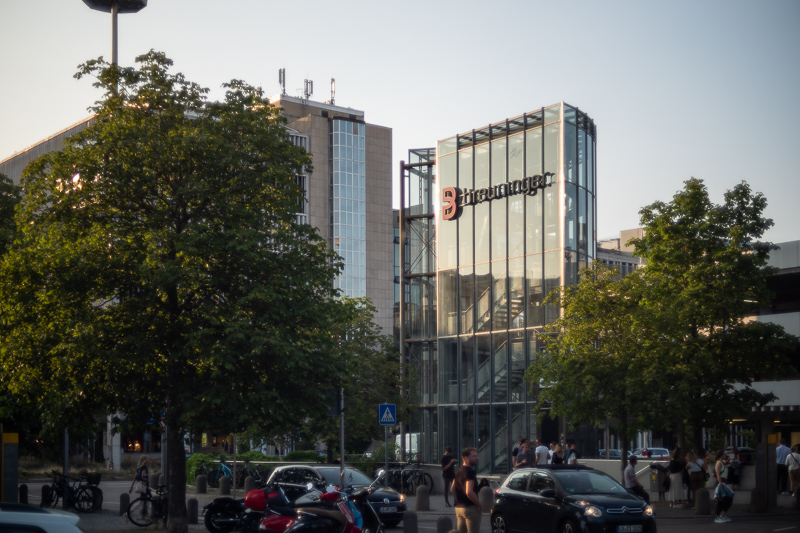
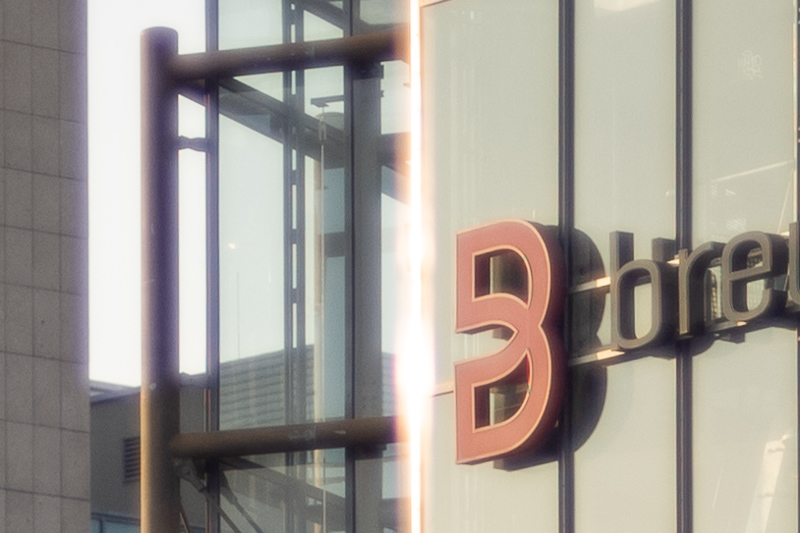
A very tasteful lens in terms of rendering etc, but I feel like you made a good point in that this effect/rendering can be achieved with filters as well to a certain degree.
I hope Light Lens Lab does well though; I like their ideas and vintage formulas. It’s just the price point that can be more on the difficult side to justify for most consumers.
Comparing the price of this lens to the TTArtisan 100mm 2.8 Trioplan may not be perfectly fair because M-mount lenses are by design more complex and LLL offers different variations of the lens but yes, a pricy fan service 🙂
Leica R v1 renders an image close to the original CSP ser II 50mm, as the optical formulas bare a similarity, albeit the Leica is sharper at f/2, though it suffers from hexagon bokeh stopped down. The Jupiter renders a signature different than those above, owing to its sonar design. My take on the LLL SP 50mm, it’s like looking at a printed copy of a Monet painting, where as the CSP ser II 50 is like seeing the Monet painting at the Louvre.
Thanks for indepth review as always. I’m looking forward to see this review since u show some pics in previous post.
I have LLL 8e and Elcan and really love it, but I still hesitate for this one.
This lens gave me absolutely zero GAS despite the expectation, and it was a pleasant surprise (again I must say) to see your review here, and check your own opinion (as I think my taste is rather close to yours).
Perhaps it’s not as successful as its Master ? Whatever, its bokeh (and mix) let me cold as a stone. Game over for this one but try again LLL!
They have a lot of interesting projects in the pipeline, I hope they will be able to realize a lot of them.
Nice review but if you want a 50/2 with both excellent sharpness and character I would suggest looking at the v3 50mm Summicron M from 1969-78. The v4 and later were even a little sharper but with less character (better correction) and the earlier v2 had less contrast but pretty good resolution. The v3 is not as well regarded by Leicaphiles but I found it to have more “magic” in it imagery than the other Leica 50 Summicrons.
Very nice photographs! i like the sample images a lot
To be honest: I don’t think the Gauß design restricts the optical performance of this lens, but rather the bad optical design overall.
There are so many good Gauß lenses, even reviewd on this blog (Zeiss Loxia 50 F2, Minolta 50 F2, …).
“Tasteful rendering” mentioned above is the great characteristics of this interesting lens. It is specialized tool which is not for everybody but if one can understand its features it has the potential to become a beautiful paint brush. I would love to see how it performs on BW film where the structure of grain can play along with the fine light “glow” of this lens. Thank you for this review!
I try to include analogue pictures in my reviews of M-mount lenses, but it is not always possible because I usually only have these review samples for a limited time.
Trends in lens design are entertaining to watch.
You can really have it all today – fast aperture, sharpness, smooth bokeh, minimal optical errors – for a fairly reasonable price. An amateur photographer couldn’t get that kind of performance for ANY money in the 1970s.
As a result, vintage lenses have become so expensive that some companies are now remaking old designs. To each his own.
Great review (as usual). I own the Light Lens Lab 8 element summicron. The build quality is similar my Leica 50mm Summicron V3 and I enjoy the vintage rendering on digital bodies.